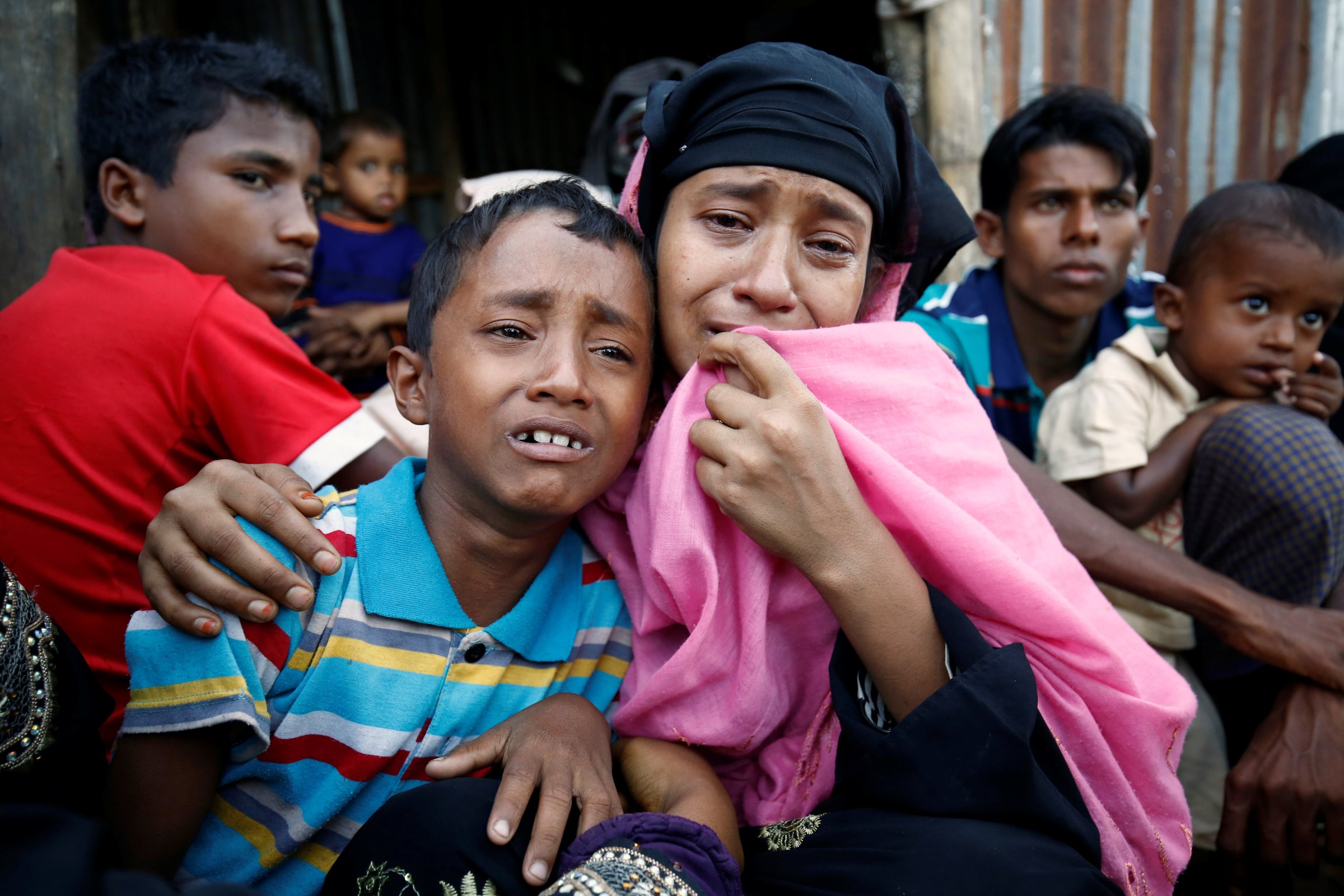
If the Naf River could talk, which horror story would it tell first?
The narrow waterway marks the border between Burma and Bangladesh. On its western bank is the Bangladeshi province of Chittagong. To the east, Burma’s Arakan state, also known as Rakhine, home to the Buddhist-majority country’s Rohingya people, a Muslim minority described over the years as stateless, friendless and forgotten.
But if the river could remember their stories, it might speak, for example, of the night in late November when Arafa, a 25-year-old Rohingya woman, entered its waters with her five children.
She used to have six. As she talks, sitting on the threshold of a hut in a makeshift refugee camp on the Bangladeshi side of the Naf, she is surrounded by her son and four young daughters. They are a lively bunch, noisy, restless, yet shy, hiding behind their mother’s back or running in and out of the hut, as she recounts what happened to her second son.
He was 8 years old. Sometime around Nov. 22, Arafa says her village was attacked by Burmese security forces. Viewed as illegal immigrants and denied citizenship rights by the Burmese state, the Rohingya have long faced intimidation, oppression and violence at the hands of both Buddhist extremists and the country’s security forces. The last major sectarian spasm was in 2012, when clashes between Arakanese Buddhists and Rohingya Muslims displaced some 125,000 people. Rights activists accused security forces of either standing aside as the violence spread, or actively participating in it.
Read More: Aung San Suu Kyi Can’t, or Won’t, Rein In Burma’s Army
This time, Arafa says, the army’s assault felt different. The security men seemed more determined, more driven, to punish the Rohingya. Their weapon of choice was fire.
Arafa says that the military torched her village. As the flames engulfed her home, she just about managed to escape with her six children. That was when the family was confronted by a Burmese soldier. He snatched the fleeing 8-year-old, separating him from his brother and sisters, and flung him into the blaze.
In the chaos, Arafa lost sight of her husband. But she could not turn back; she had to leave him behind, leave her son’s charred body behind, and mourn on the move.
“I had to save my other children. We had to escape [from Burma],” she tells TIME. “They burned everything.”
For two days, Arafa and her children hid in the forests that skirt the riverbank on the Burmese side, laying low to avoid detection by troops, before boarding a rickety boat that took them to safety across the Naf.
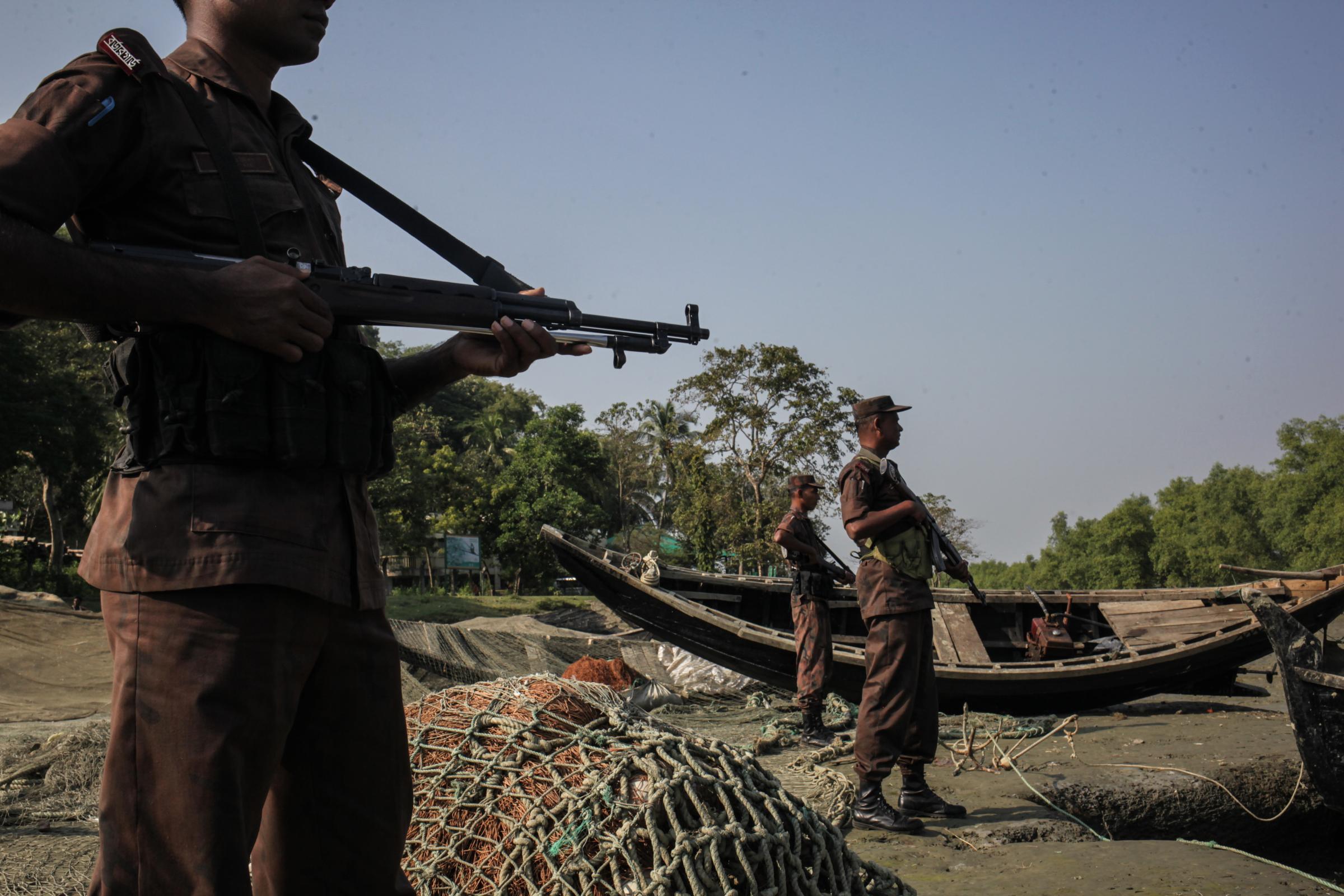
They are not alone. Arafa’s family are among the estimated 21,000 Rohingya who have sought refuge in Bangladesh over the past two months, as Burmese forces launched what testimony from refugees, satellite imagery compiled by rights groups and leaked photos and videos from inside Arakan indicate is a horrifyingly bloody crackdown against the million-strong Muslim minority.
The latest troubles began in early October, when police said three border guard posts were attacked by Islamist militants. Nine policemen were killed, with the government saying the attackers belonged to an extremist group called Aqa Mul Mujahidin. A statement from the Burmese President’s office linked them to the Rohingya Solidarity Organization, a militant group long thought to be defunct. The only proof for these claims was the government’s word.
What followed has been described by Burmese authorities as “clearance operations.” Amnesty International, the rights group, calls it “collective punishment”: a ferocious campaign of violent reprisals against an entire people. In addition to arson attacks on Rohingya villages, the military has been accused of raping Rohingya women and conducting extrajudicial killings of Muslims. Helicopter gunships have been used to fire on Rohingya villages.
Satellite imagery released by Human Rights Watch show that more than 800 buildings were destroyed in five different Rohingya villages between Nov. 10 and 18. An earlier set of high-resolution images showed the destruction of more than 400 homes in three villages between Oct. 22 and Nov. 10. The actual number of destroyed buildings could be higher, given the dense tree cover in the area, the rights group says.
Verifying the picture on the ground is impossible, as Burma has sealed off the affected areas. But the news that is coming out suggests that the situation is “getting very close to what we would all agree are crimes against humanity,” says Yanghee Lee, the U.N. special rapporteur on human rights in Myanmar, as the country is officially known.
Read More: Something Shocking Is Happening to Burma’s Rohingya People. Take a Look at This Timeline
“I am getting reports from inside the country and from neighboring places too that things are not as they are being portrayed by the government. We are seeing a lot of very graphic and very disturbing photos and video clips,” she tells TIME. Although unable to independently verify the footage, she says: “We do hear about rape and sexual violence, and even bodies of little kids being uncovered.”
“We can’t verify the numbers of how many have been killed. Many have gone into hiding,” Lee adds, expressing her dissatisfaction with a government-supervised trip to some of the affected areas by a group of foreign diplomats and a U.N. official in early November.
“No one should be satisfied with the trip,” she says. “This was a guided tour. Even though there was a heavy security presence there, people started to come out and try to speak to this delegation. And of course, afterwards, we’ve also heard that there were reprisals. These people were hunted down.”
On Dec. 9, 14 diplomatic missions, including the embassies of the U.S. and France, called on Burma to give humanitarian agencies “full and unfettered access” to northern Arakan, “noting that tens of thousands of people who need humanitarian aid, including children with acute malnutrition, have been without it now for nearly two months.”
The Plight of the Rohingya by James Nachtwey
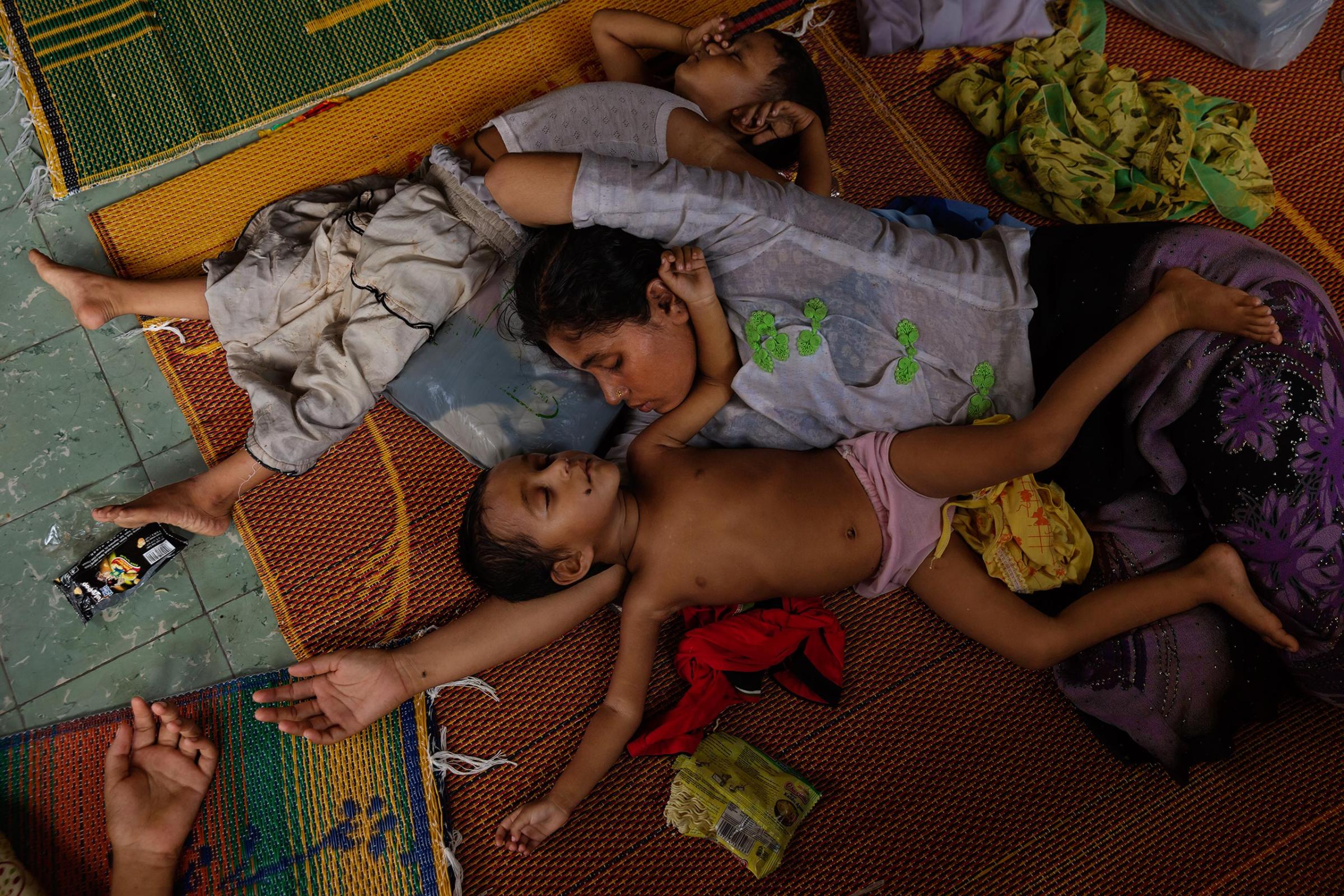
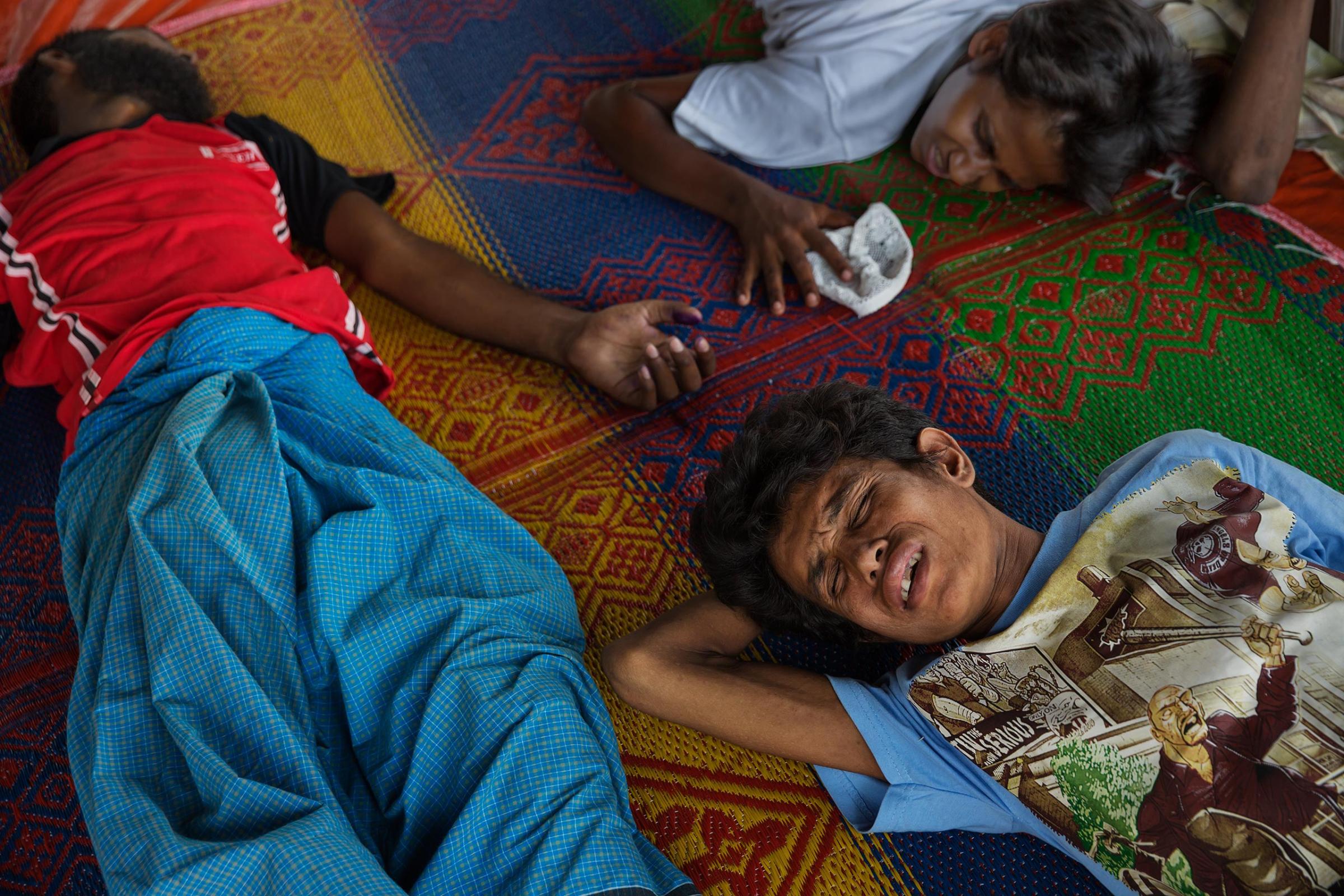
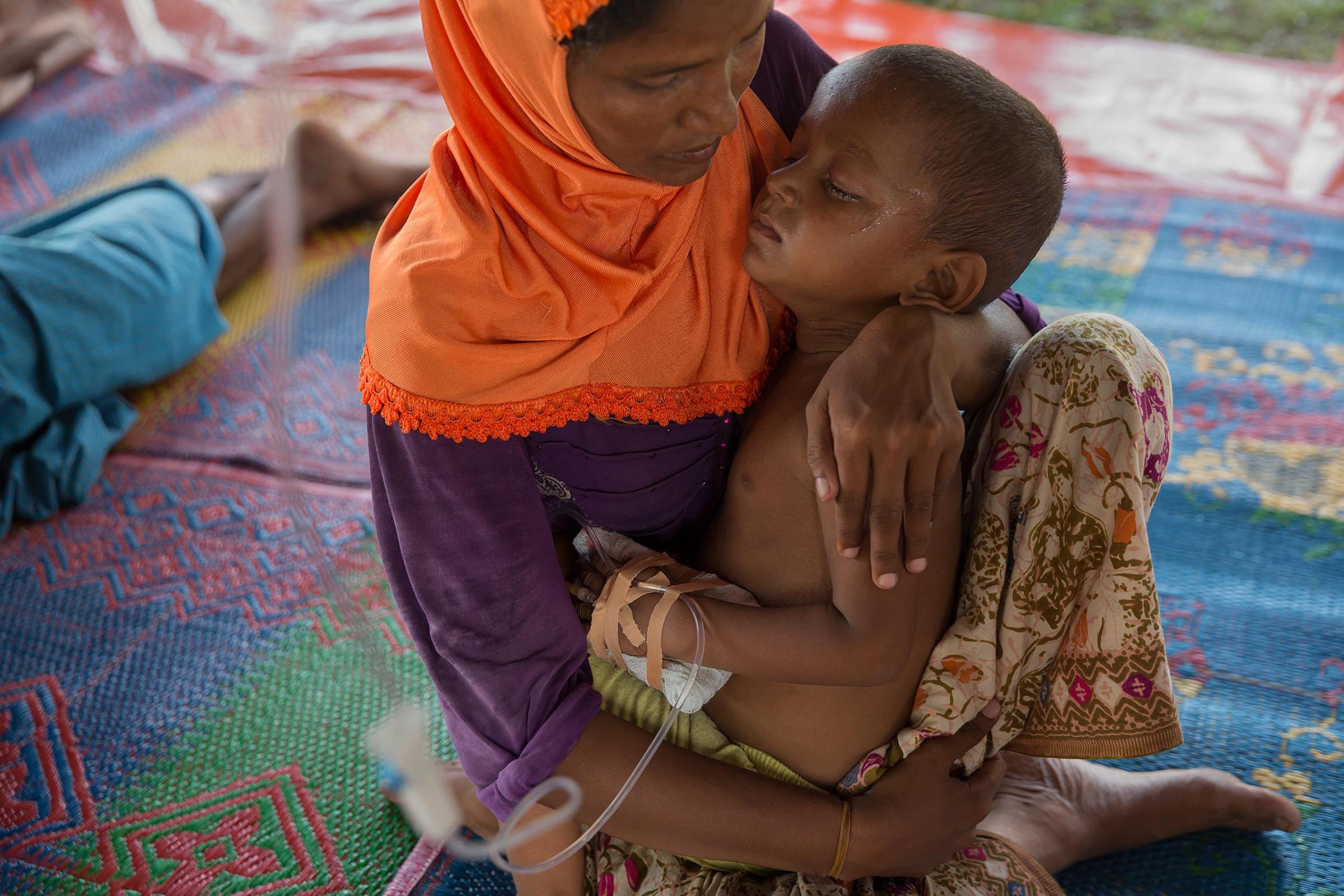
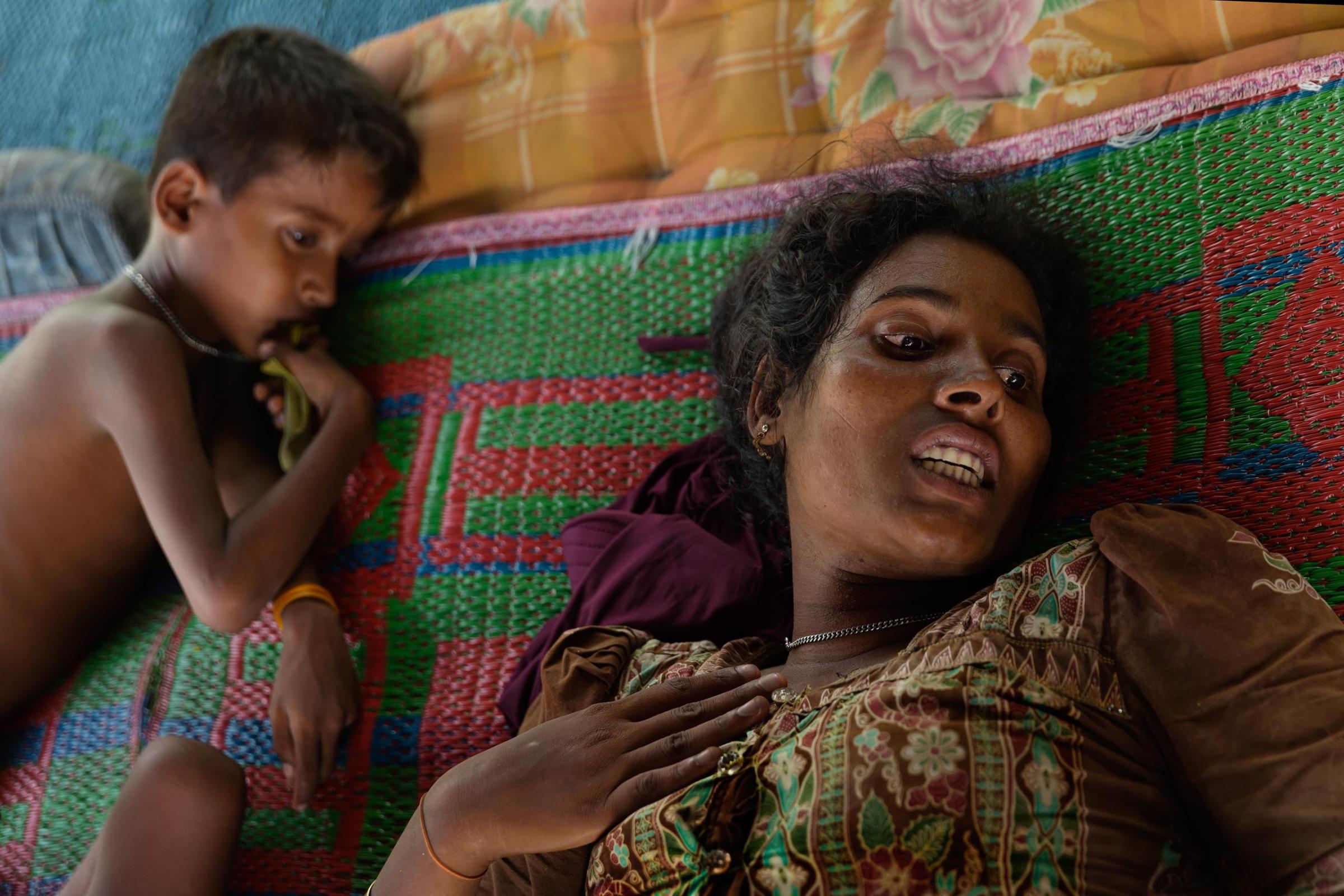
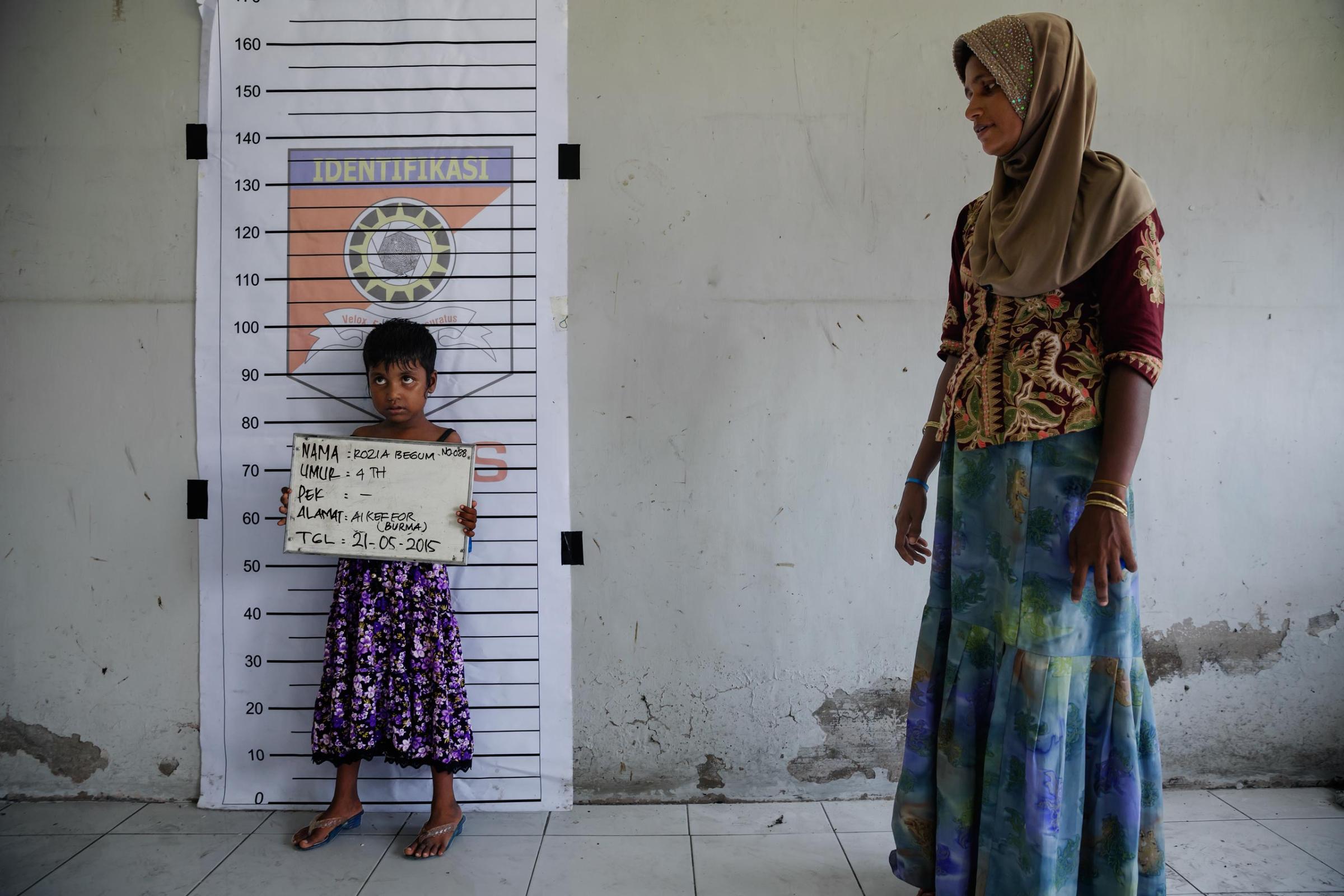
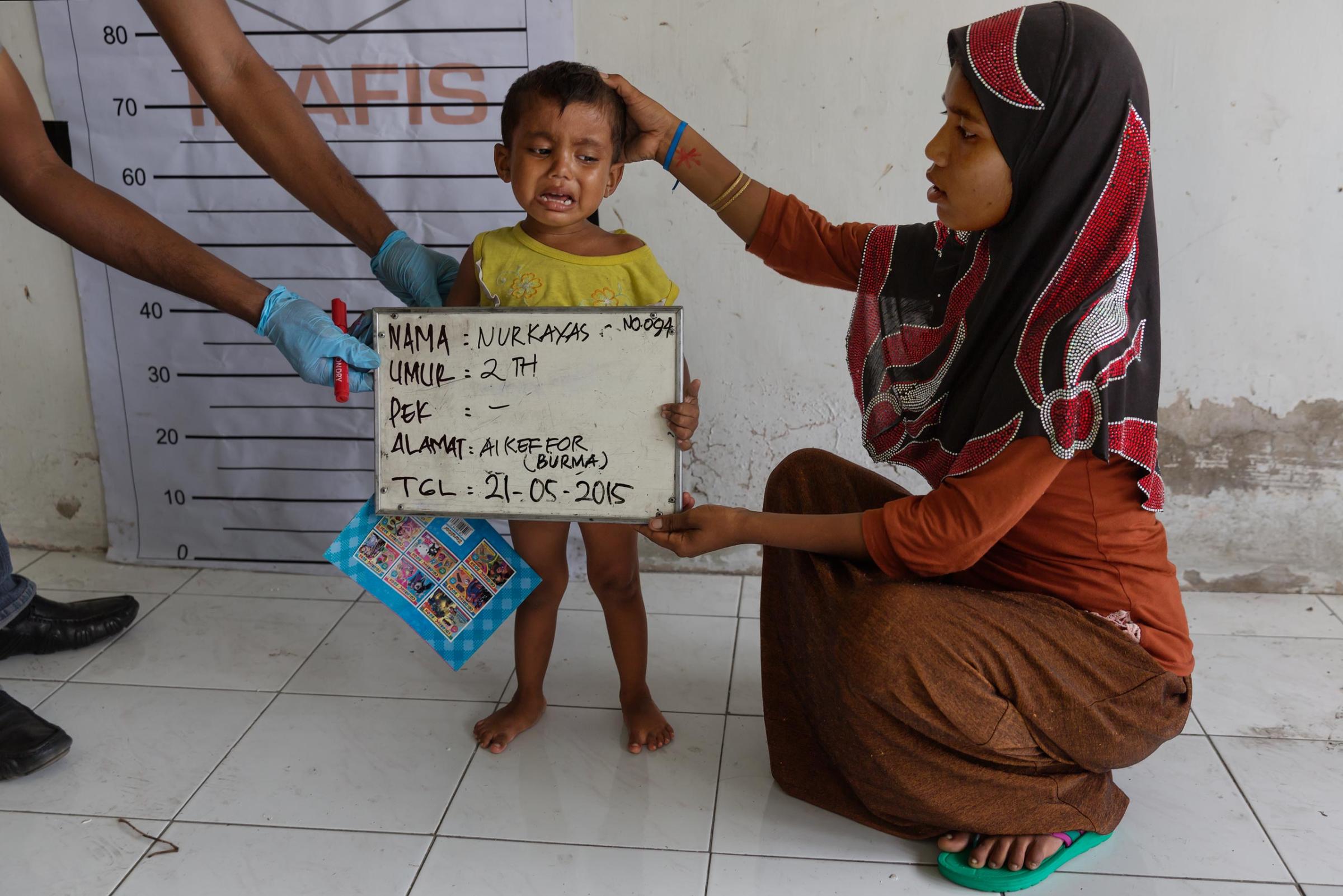
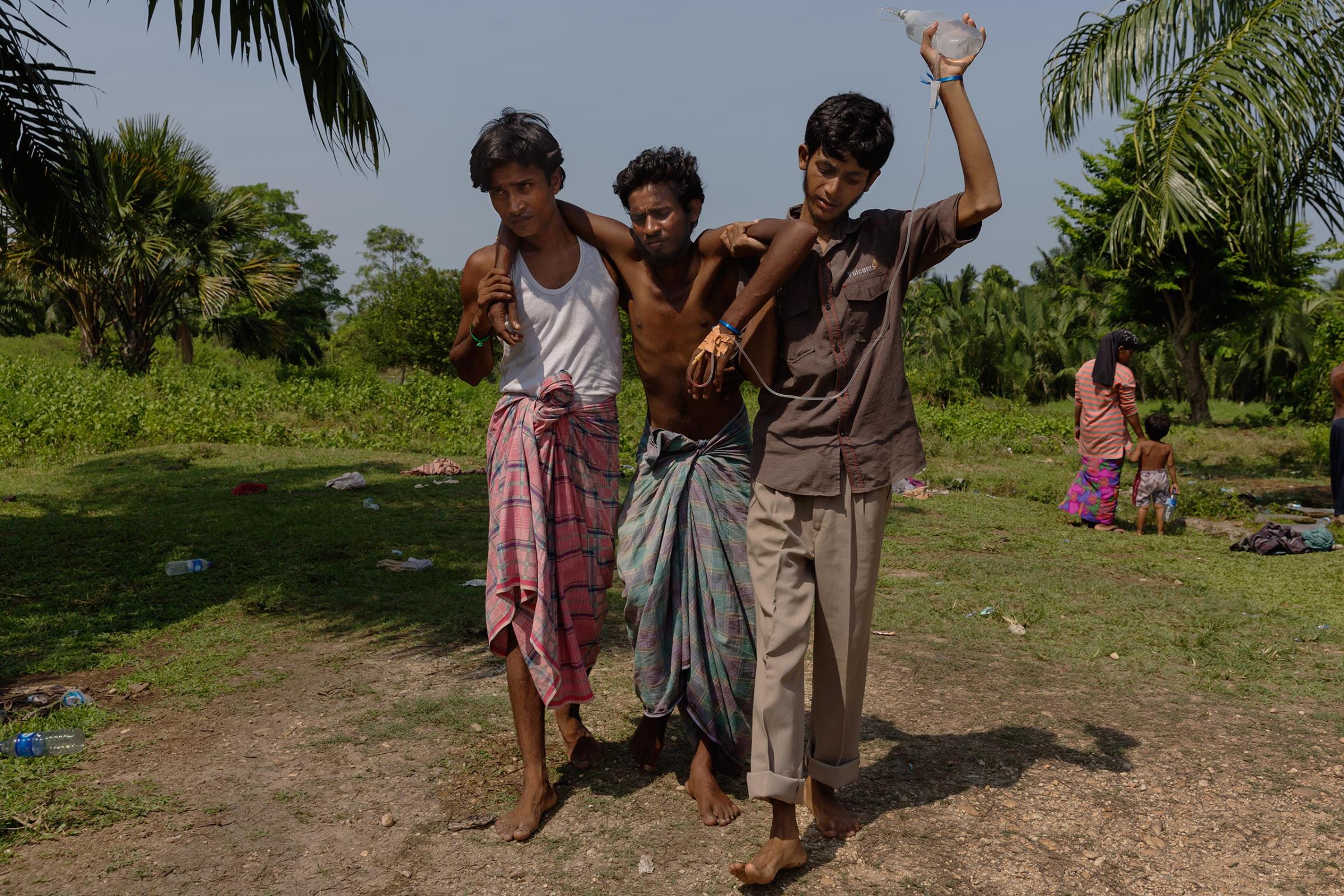
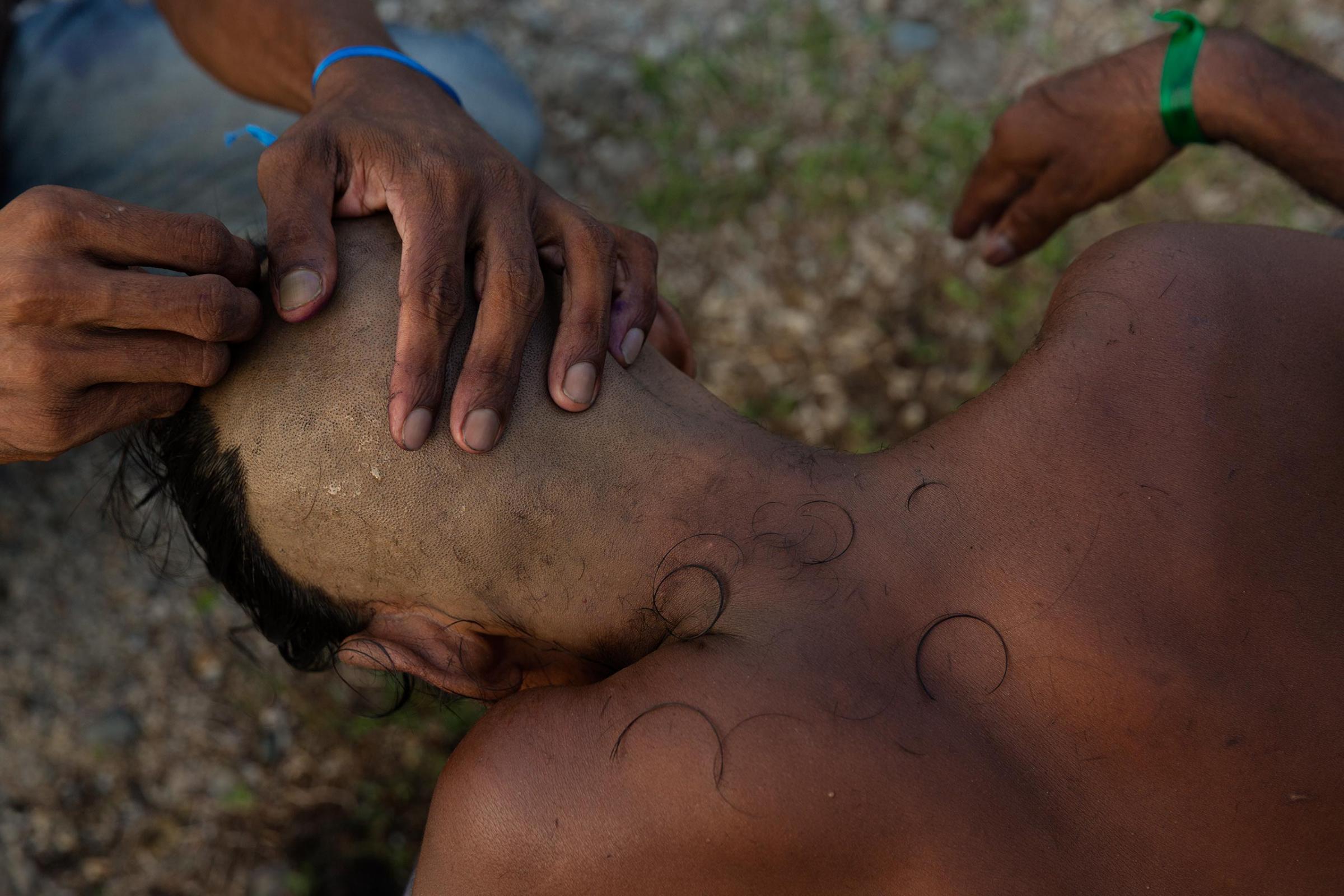
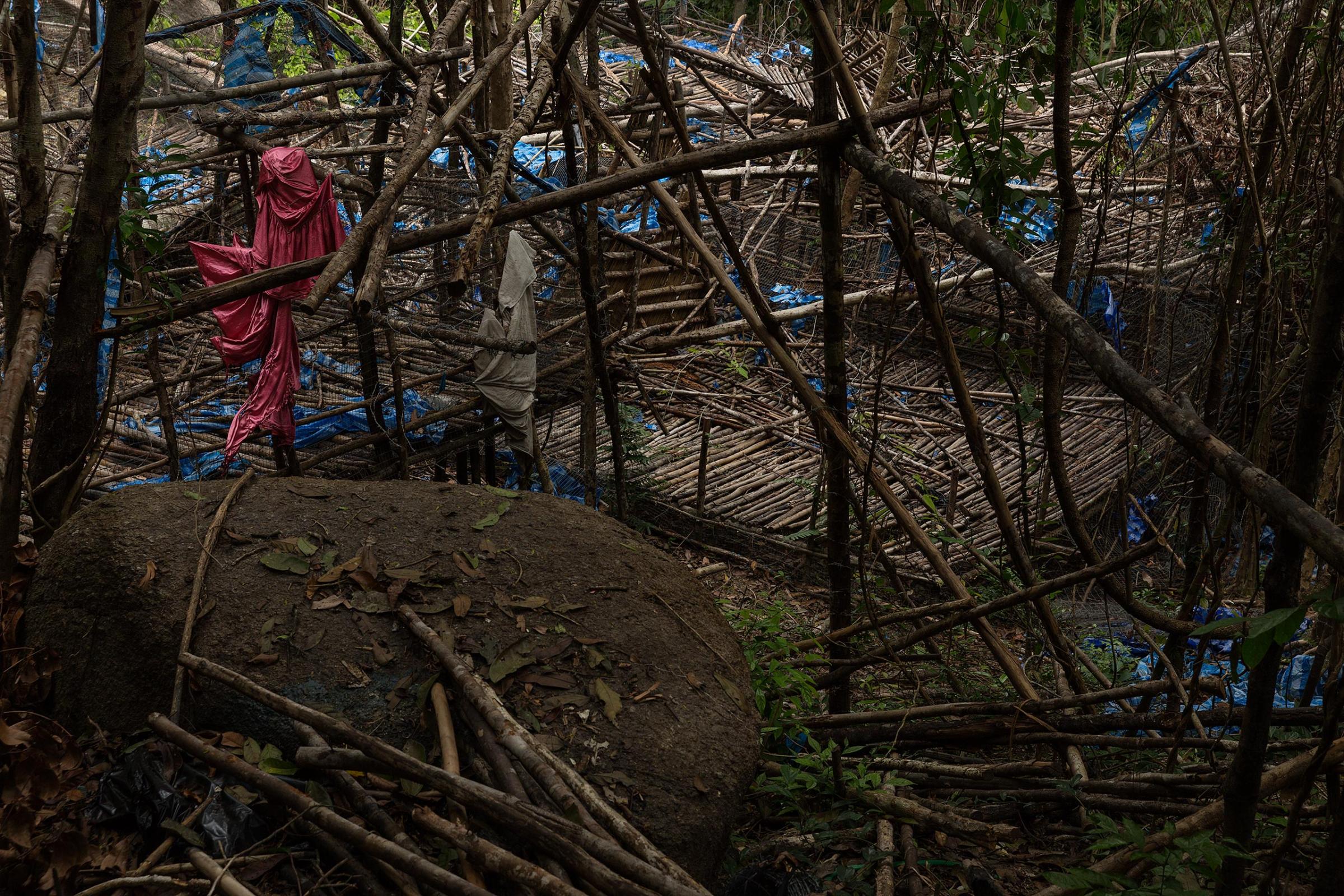
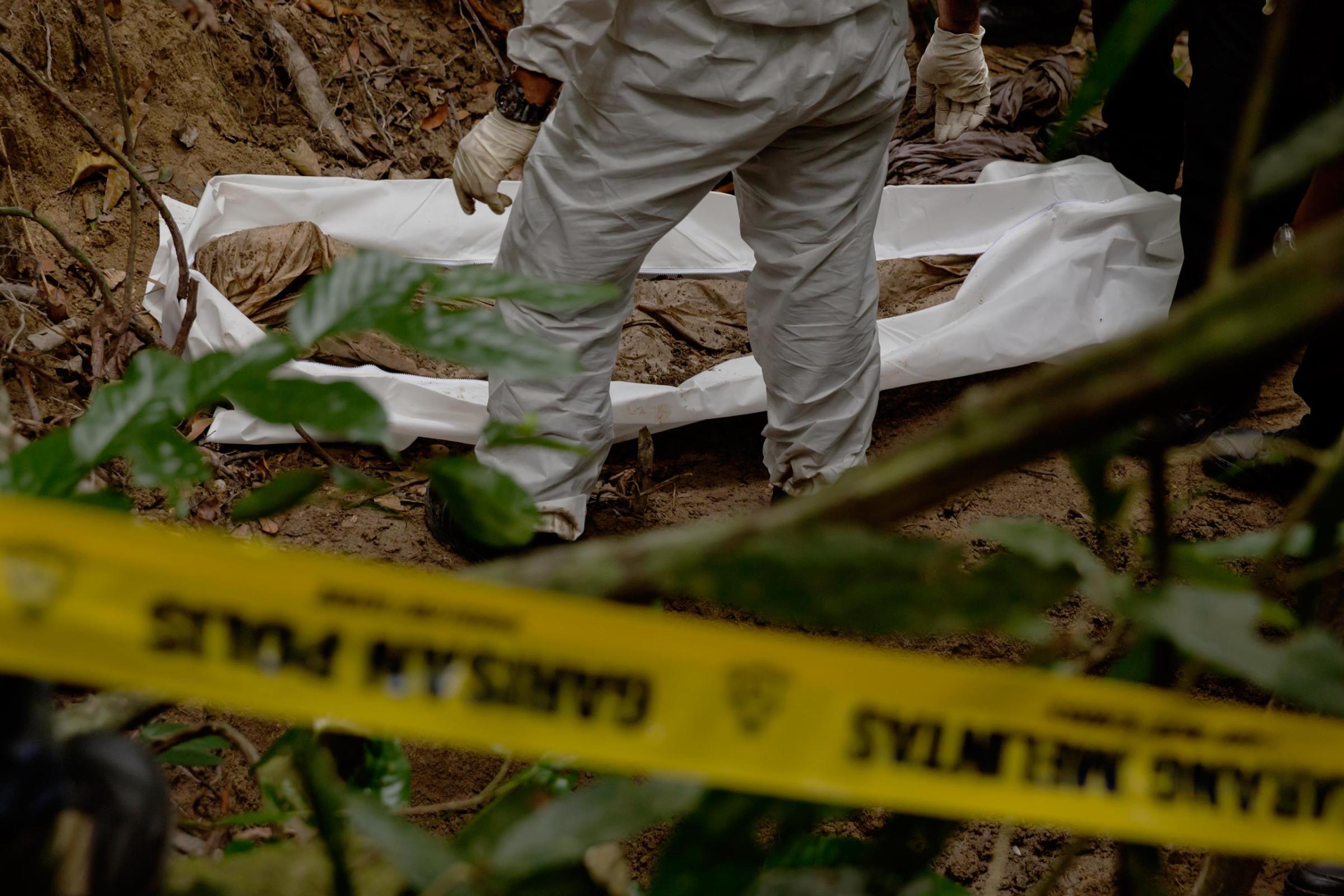
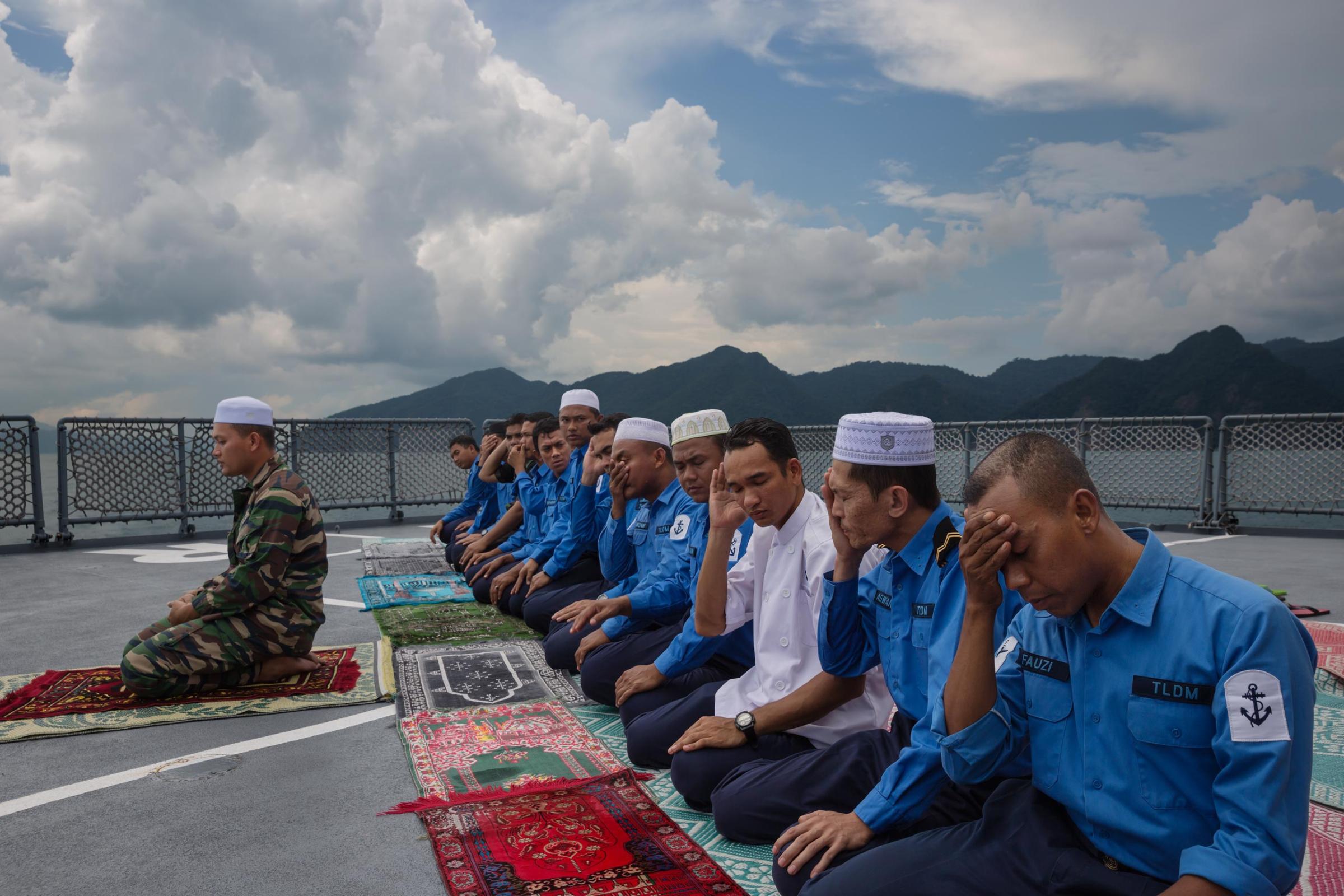
The official Burmese response to the allegations of rights abuses has been denial and, reflecting the low opinion many Burmese have of the Rohingya, callous dismissal. When asked by the BBC about claims of rape by the Burmese military, Aung Win, a local politician and chairman of a state investigation into the October border posts attack, couldn’t even keep a straight face. Giggling into the camera, he said soldiers would not rape Rohingya women because “they are very dirty … [They] have a very low standard of living and poor hygiene,” Aung Win said. “They are not attractive. So neither the local Buddhist men or the soldiers are interested in them.”
Meanwhile, the country’s top military man, Senior General Min Aung Hlaing, blames the Rohingya for their woes. Referring to them as “Bengali,” a term which implies that they belong across the Naf in Bangladesh, a Dec. 6 post on his Facebook page said: “The Bengali problems in the northern Rakhine State occurred because of the Bengalis’ failure to abide by the existing laws of Myanmar.” And even as Burmese officials promise to investigate claims of rights abuses, the post seemed to pre-judge the outcome: “Myanmar security forces have never committed any human rights violations such as illegal killing, rape and arson attack.”
“It seems like the same old story [from the Burmese authorities], that these people torched their own houses,” says Lee, the U.N. rights investigator.
Read More: Burma Could Be Guilty Of ‘Crimes Against Humanity’ As Rohingya Crackdown Intensifies
A Human Rights Watch researcher who recently visited the Bangladeshi side of the border, speaking on condition of anonymity so as not to risk losing access to the area, says testimony from recent Rohingya escapees is uniform on this question: “We haven’t spoken to anybody who has told us that the burnings have been done by anyone other than the military.”
Amid the unfolding crisis, one voice has been largely absent — Nobel Peace Prize winner Aung San Suu Kyi, whose National League for Democracy party won a landslide victory in elections in November 2015.
The polls marked Burma’s transition from military dictatorship to its first civilian-led administration in more than half a century. A new military-drafted constitution prohibited Suu Kyi from becoming President, and the generals retained control over Burma’s security apparatus. But she is the nation’s de facto leader, occupying a Prime Minister–like position as Burma’s State Counselor.
Under dictatorship, Suu Kyi’s single-minded determination to challenge the military, the personal sacrifices she made and the years of political detention she endured to bring democracy to her country transformed her into an international human-rights icon. But as northern Arakan burns, she has been proffering bromides about the need for the outside world to be less critical. What’s needed, she says, is a better understanding of the region’s ethnic divisions.
“I would appreciate it so much if the international community would help us to maintain peace and stability and to make progress in building better relations between the two communities [there] instead of always drumming up calls for, well, for bigger fires of resentment, if you like,” she told Singapore’s state-owned Channel News Asia in a rare interview earlier this month. “I’m not saying there are no difficulties, but it helps if people recognize the difficulty and are more focused on resolving these difficulties rather than exaggerating them so that everything seems worse than it really is.”
The Rohingya, Burma's Forgotten Muslims by James Nachtwey
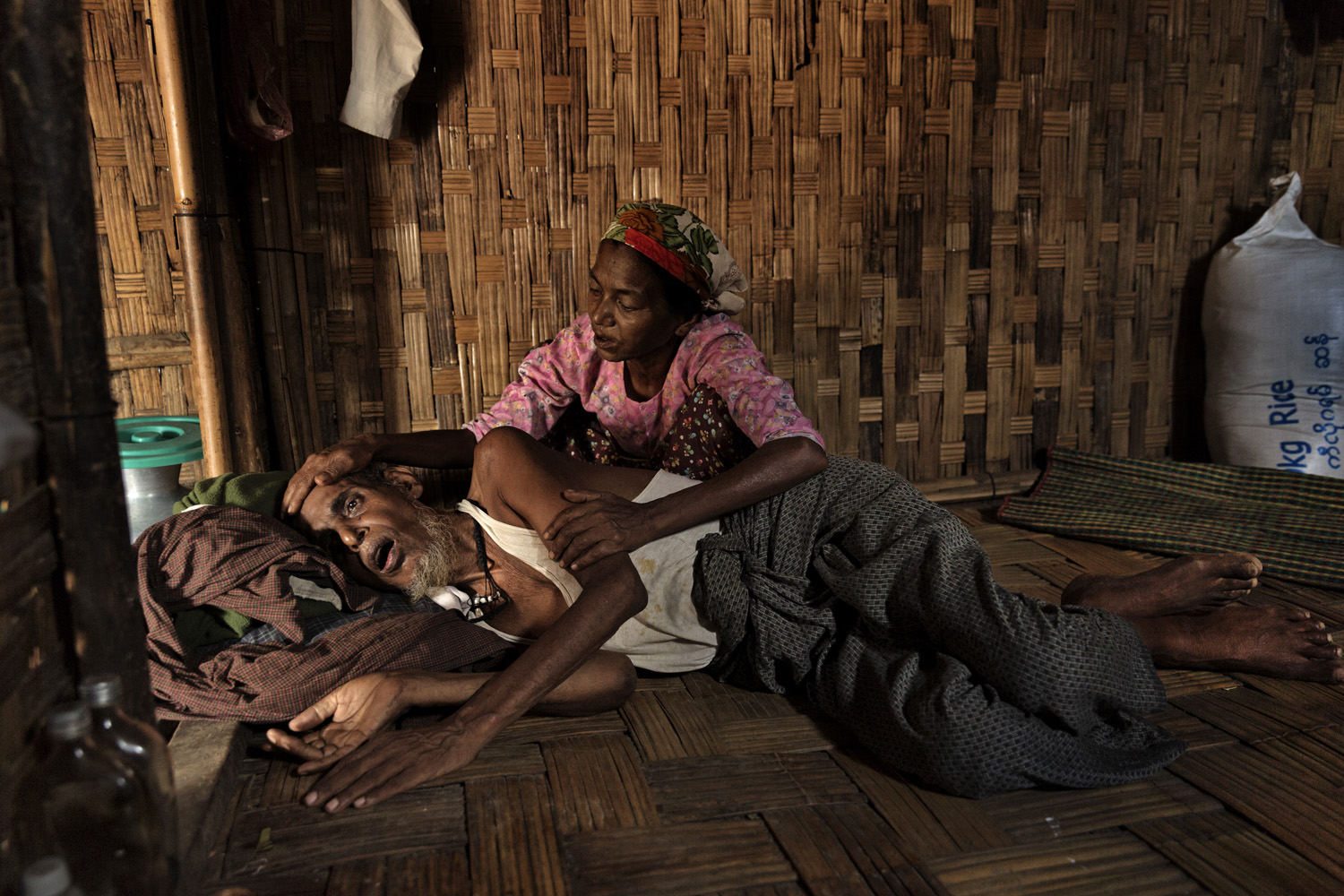
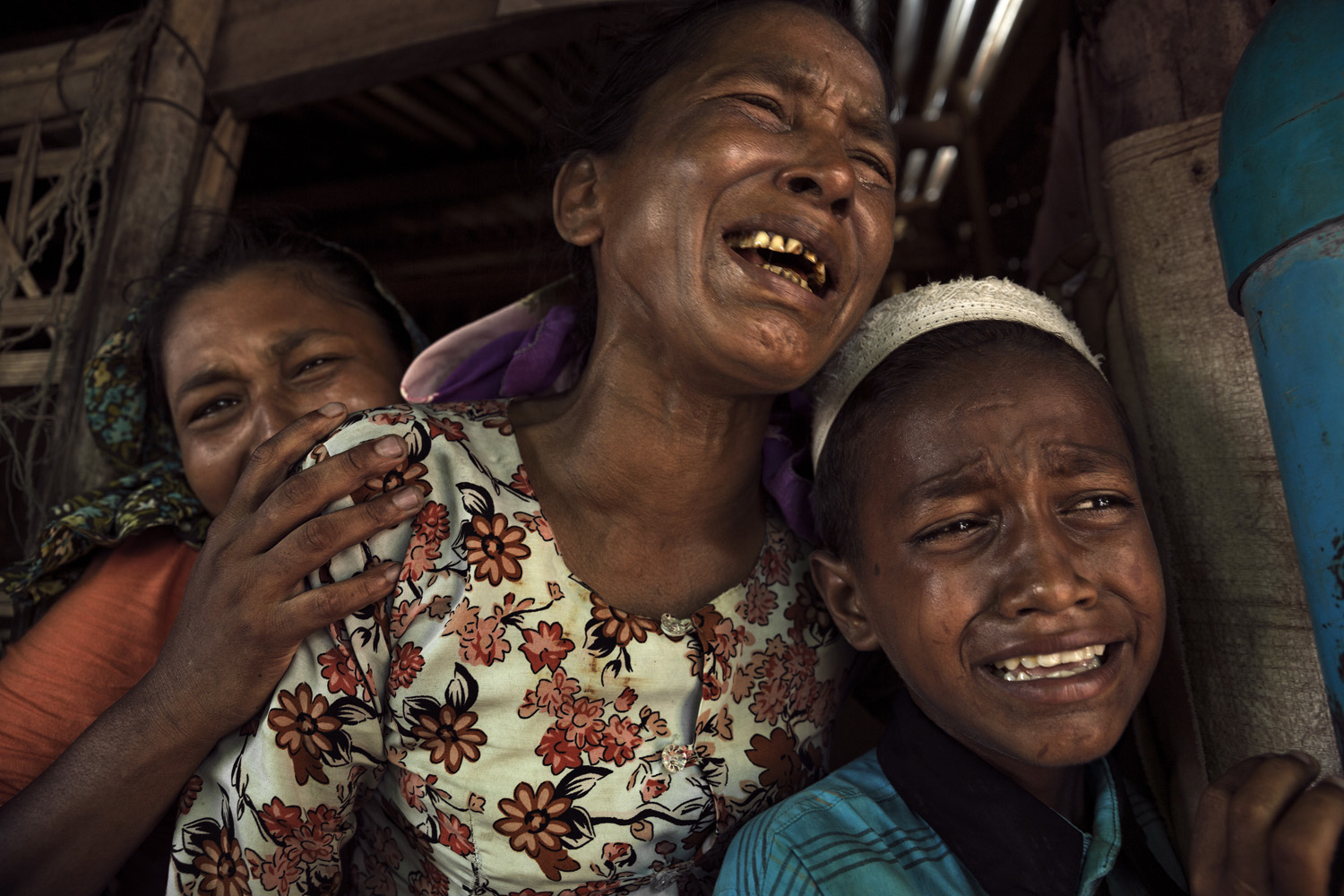
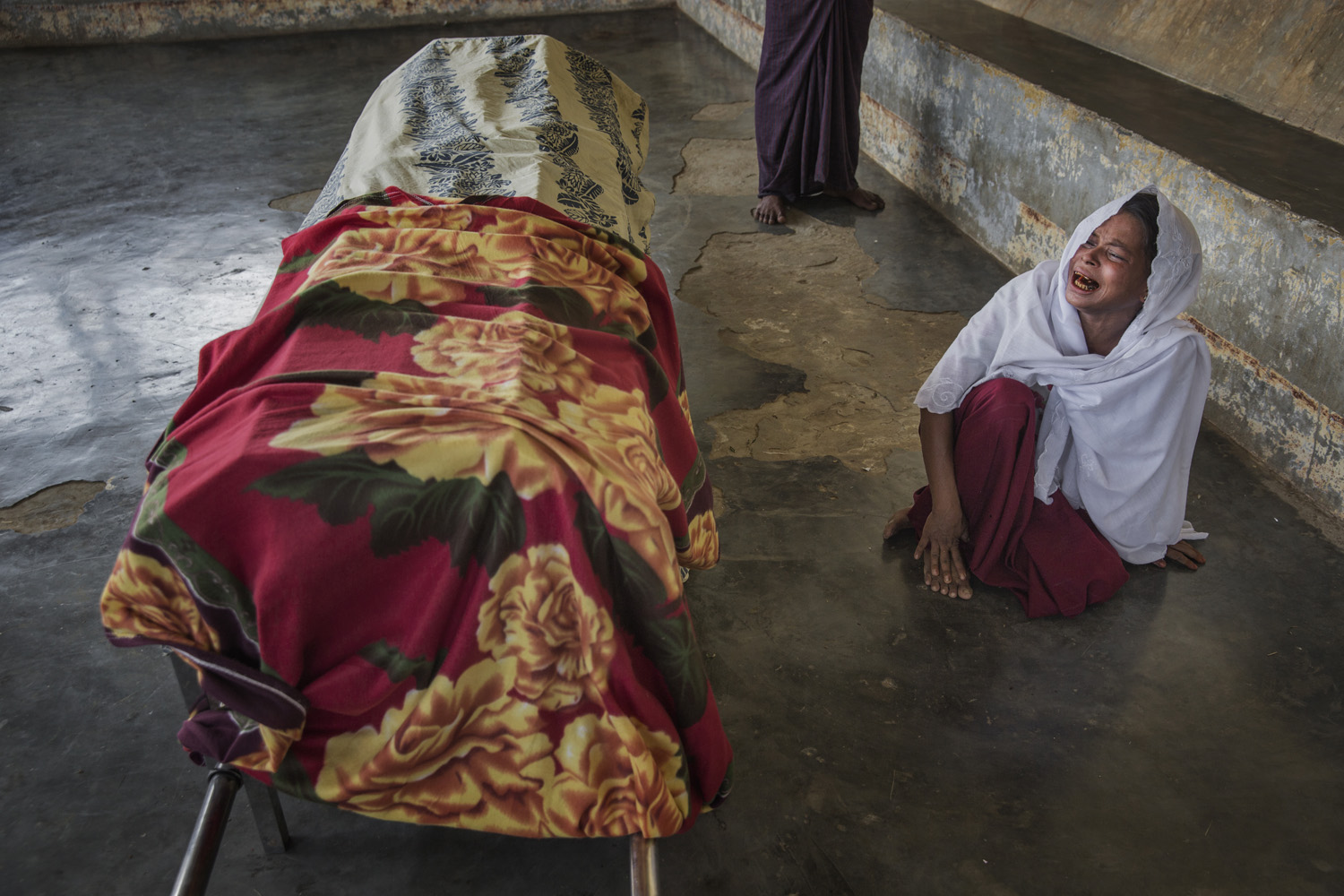
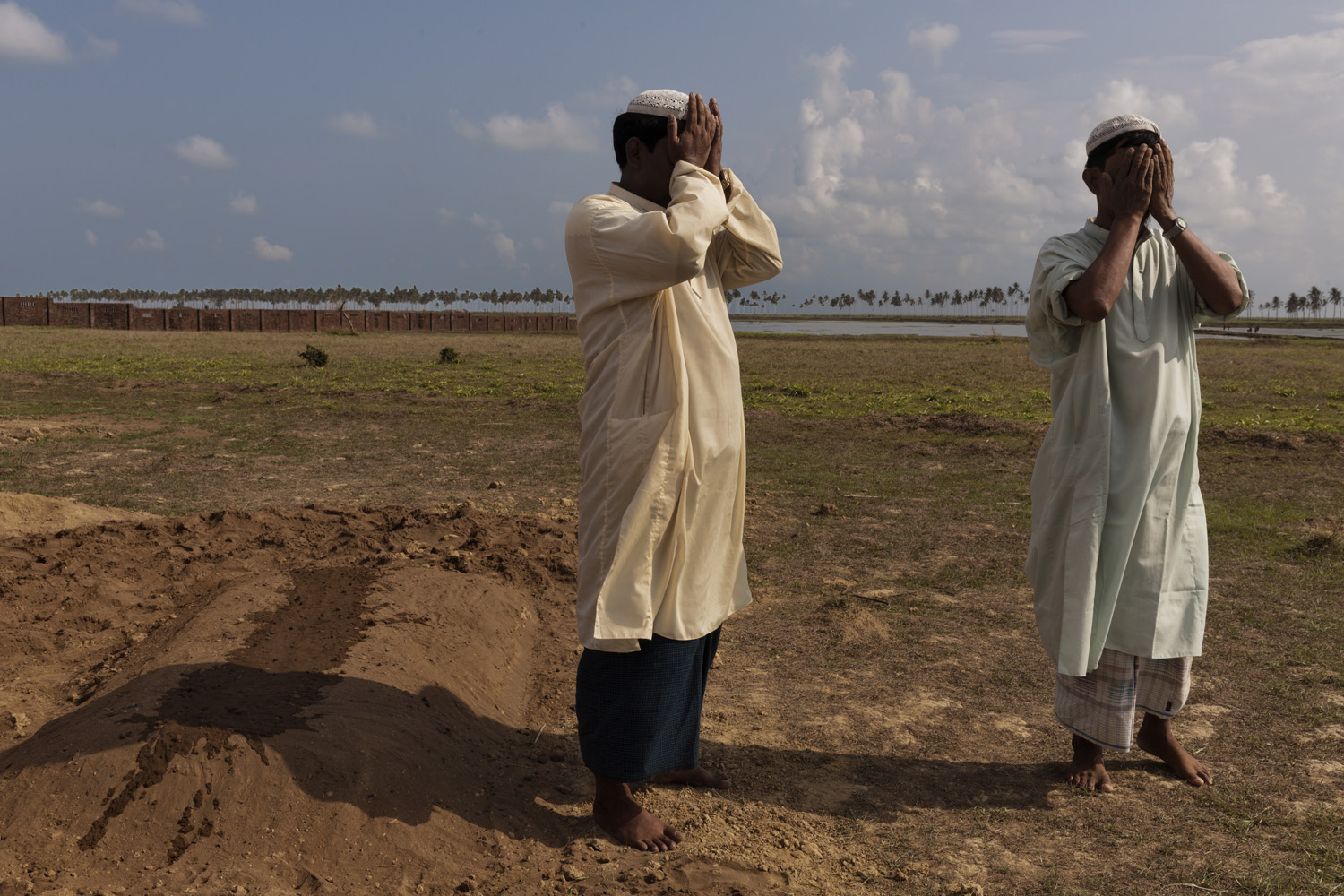
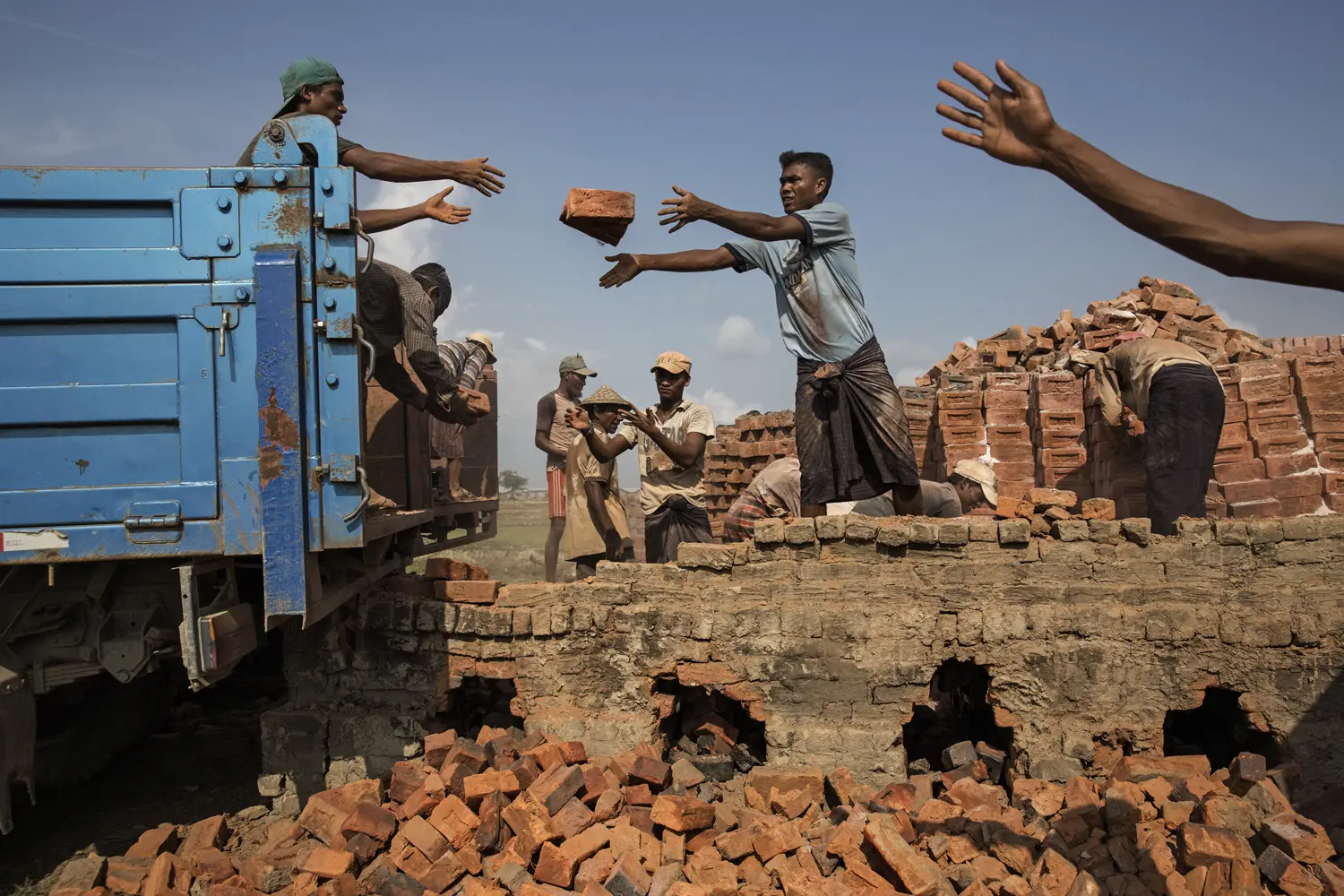
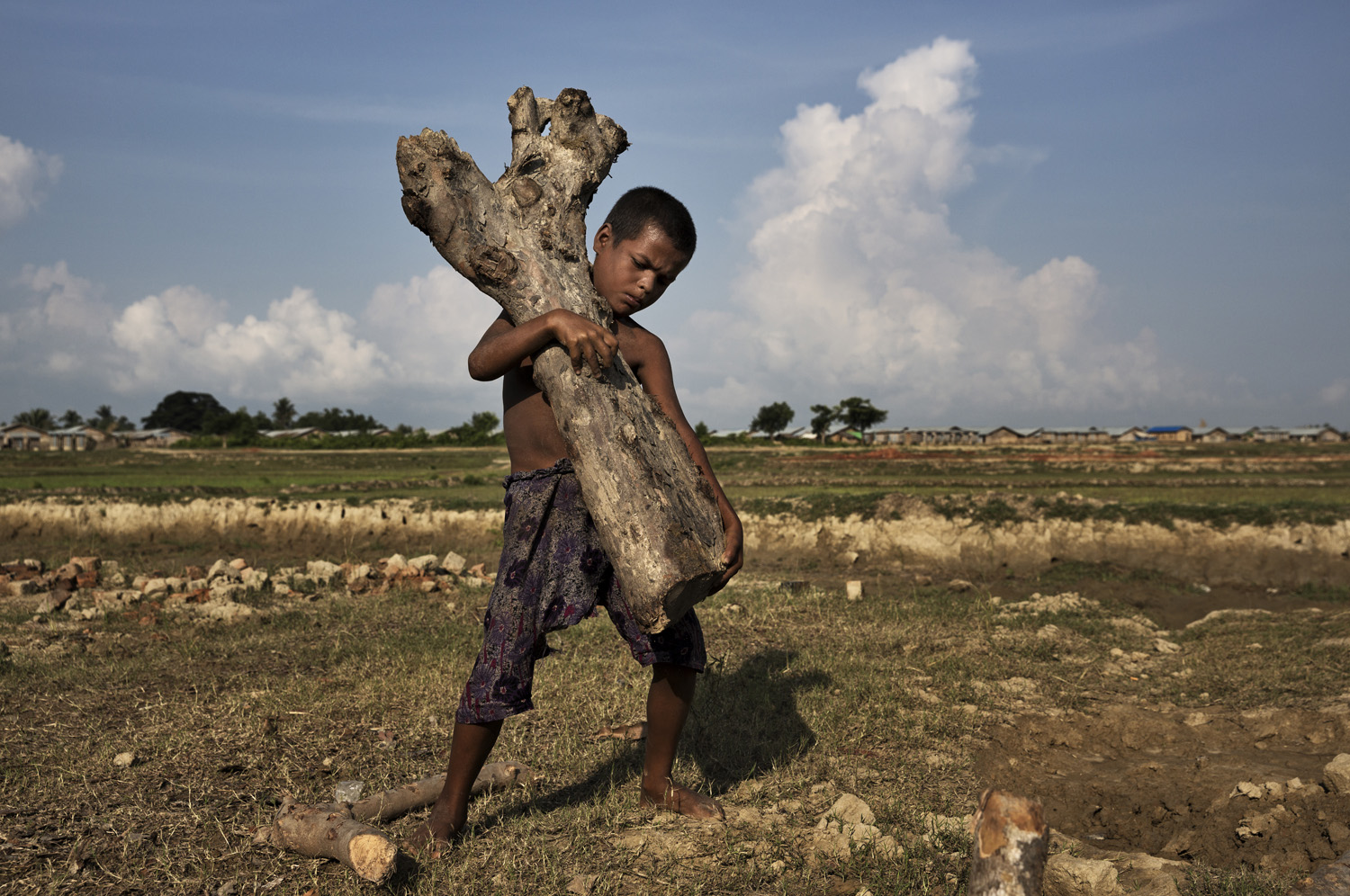
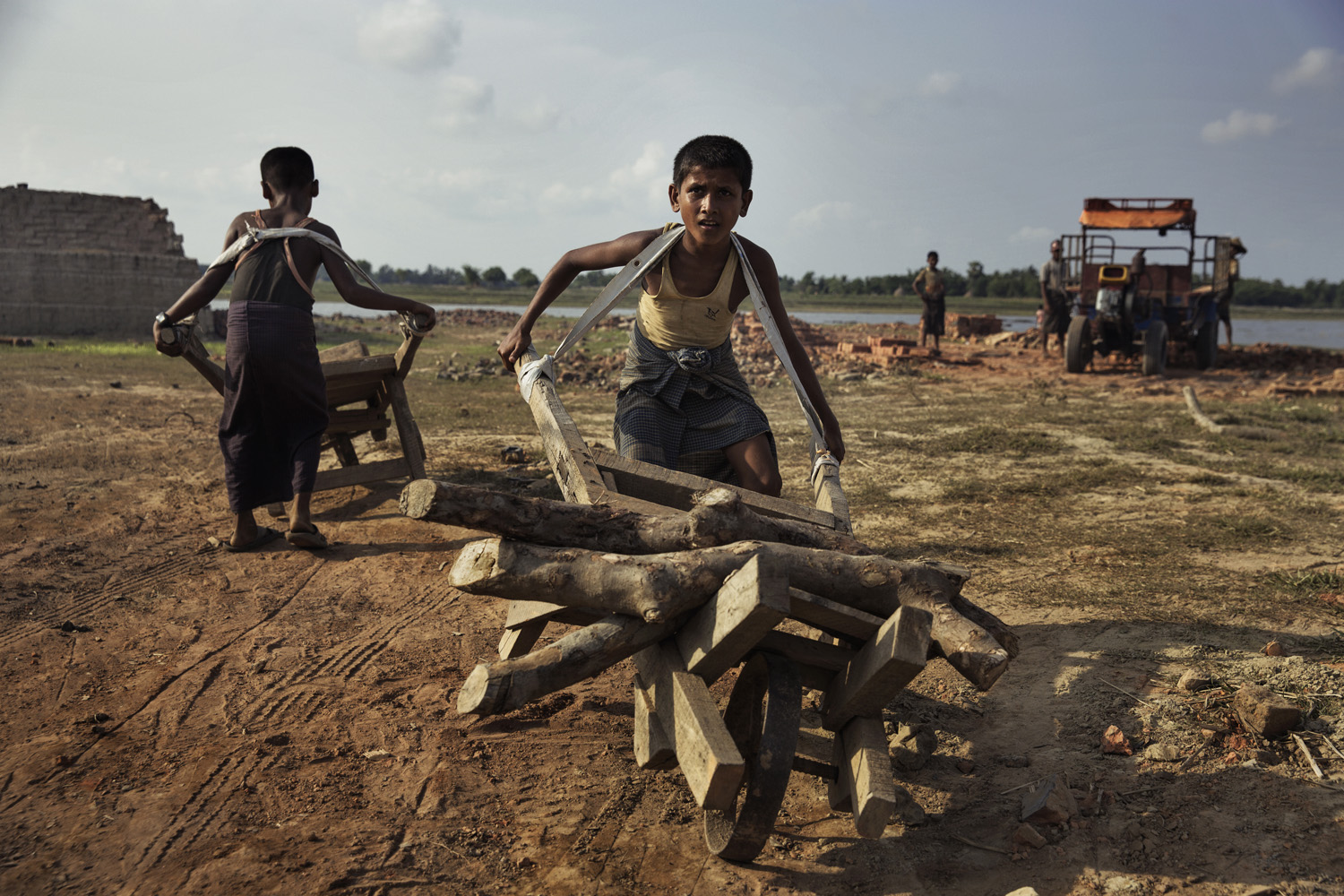
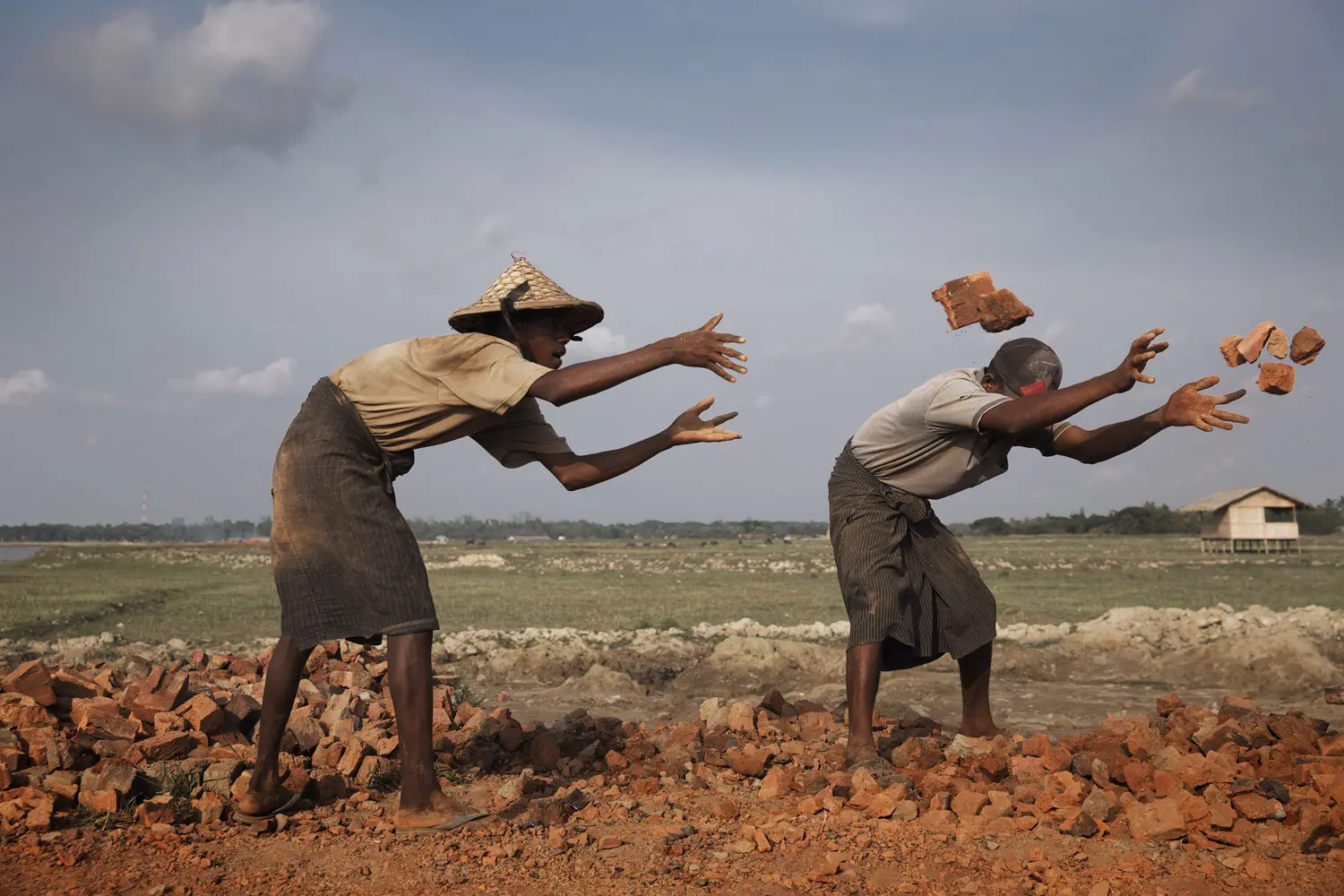
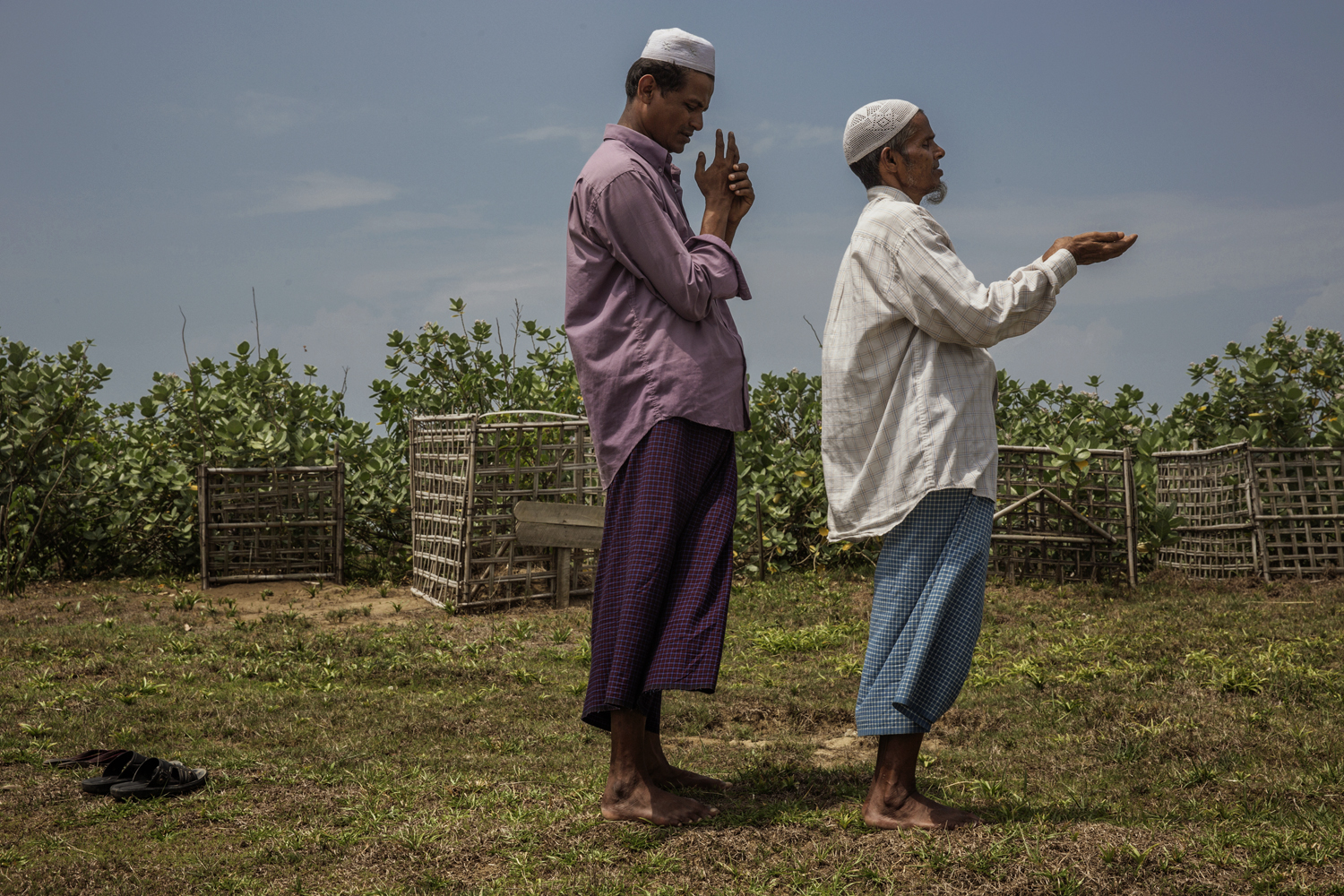
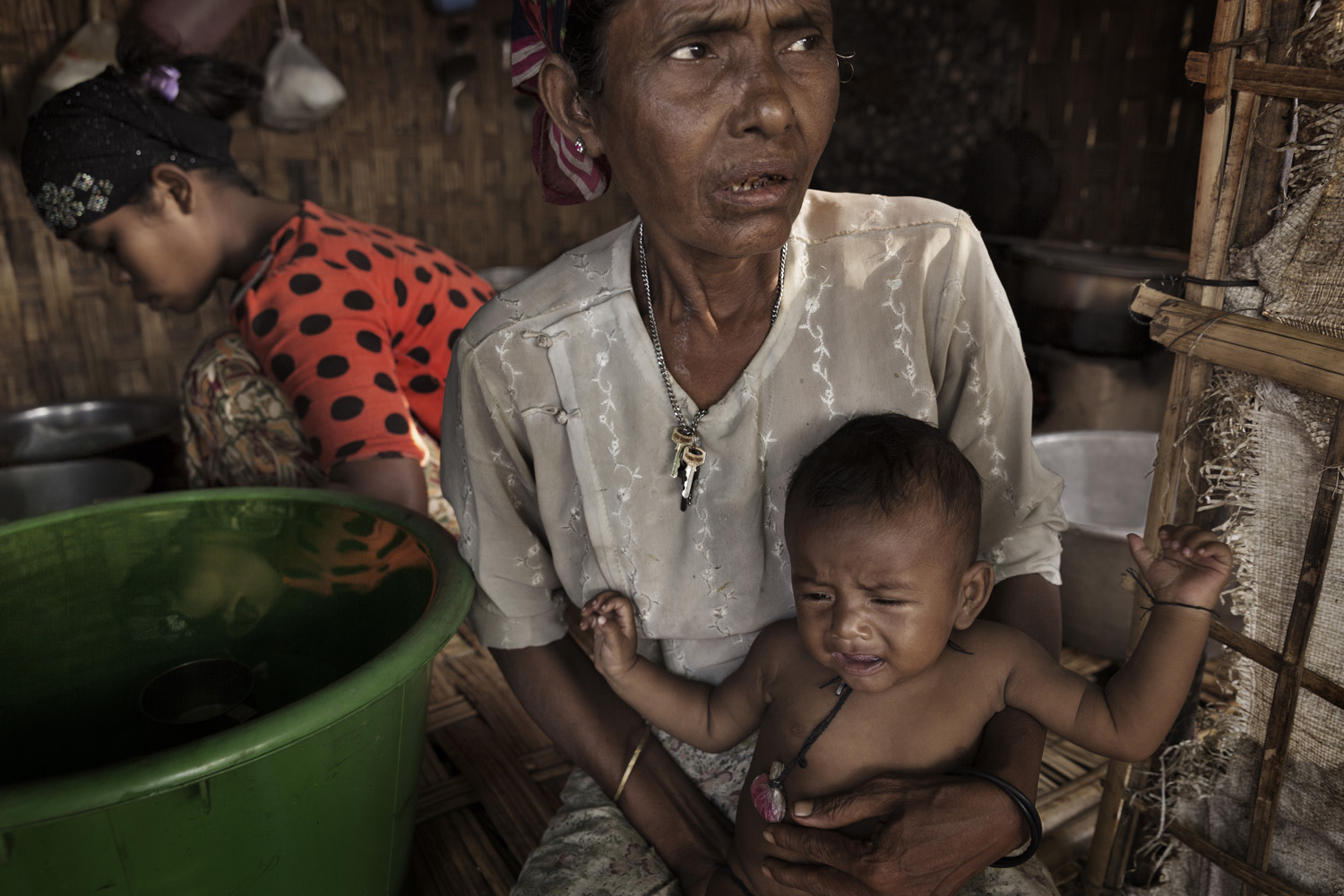
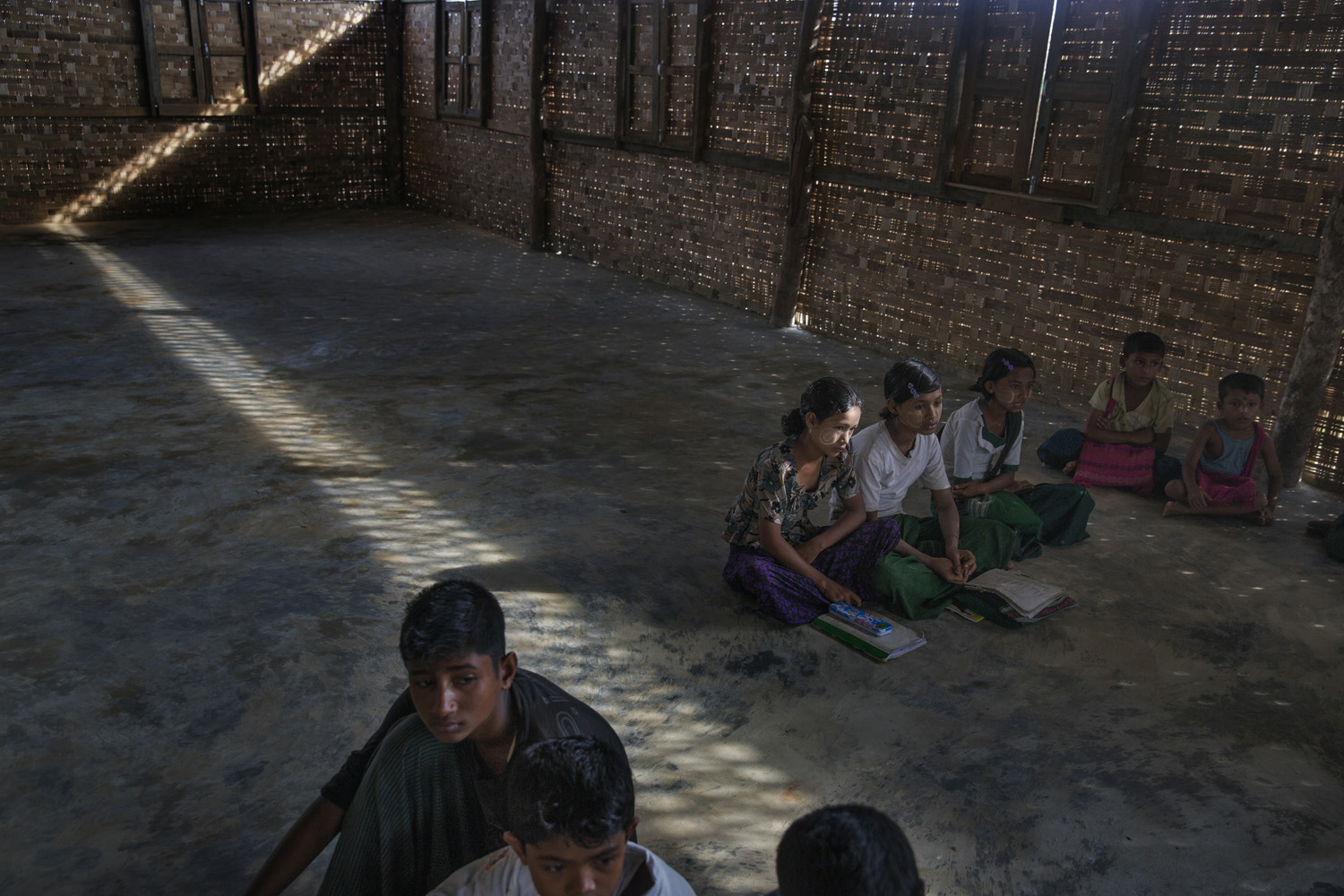
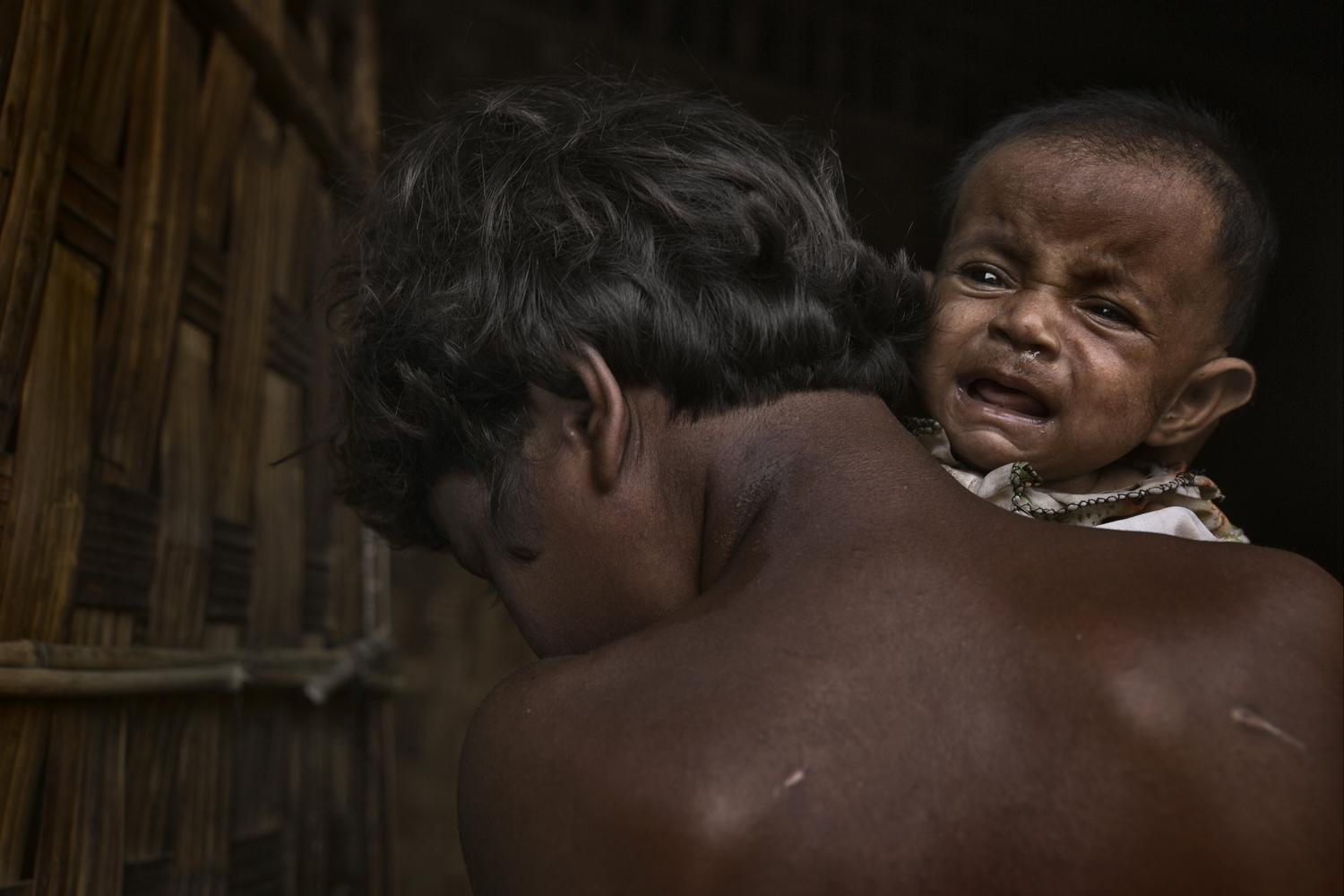
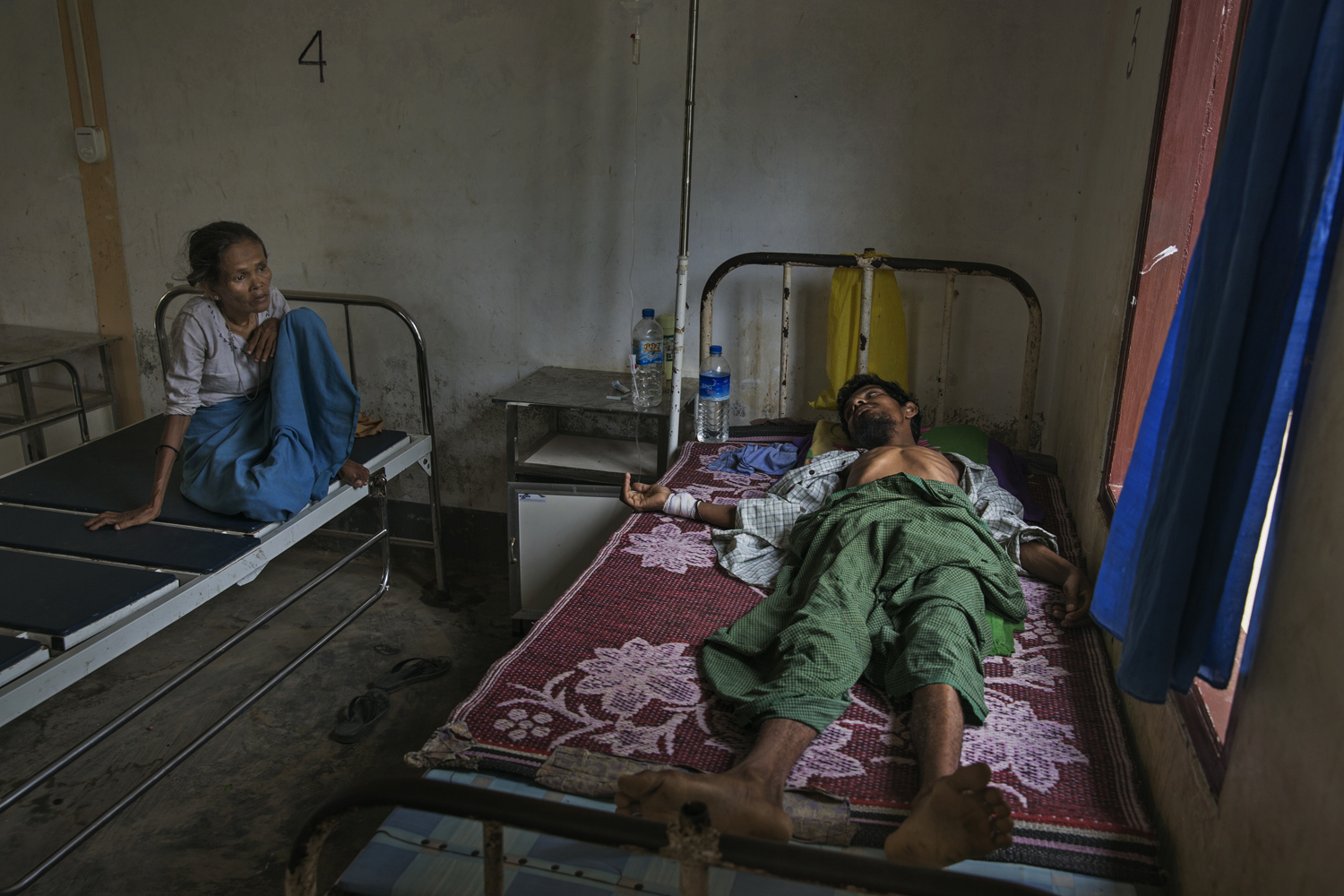
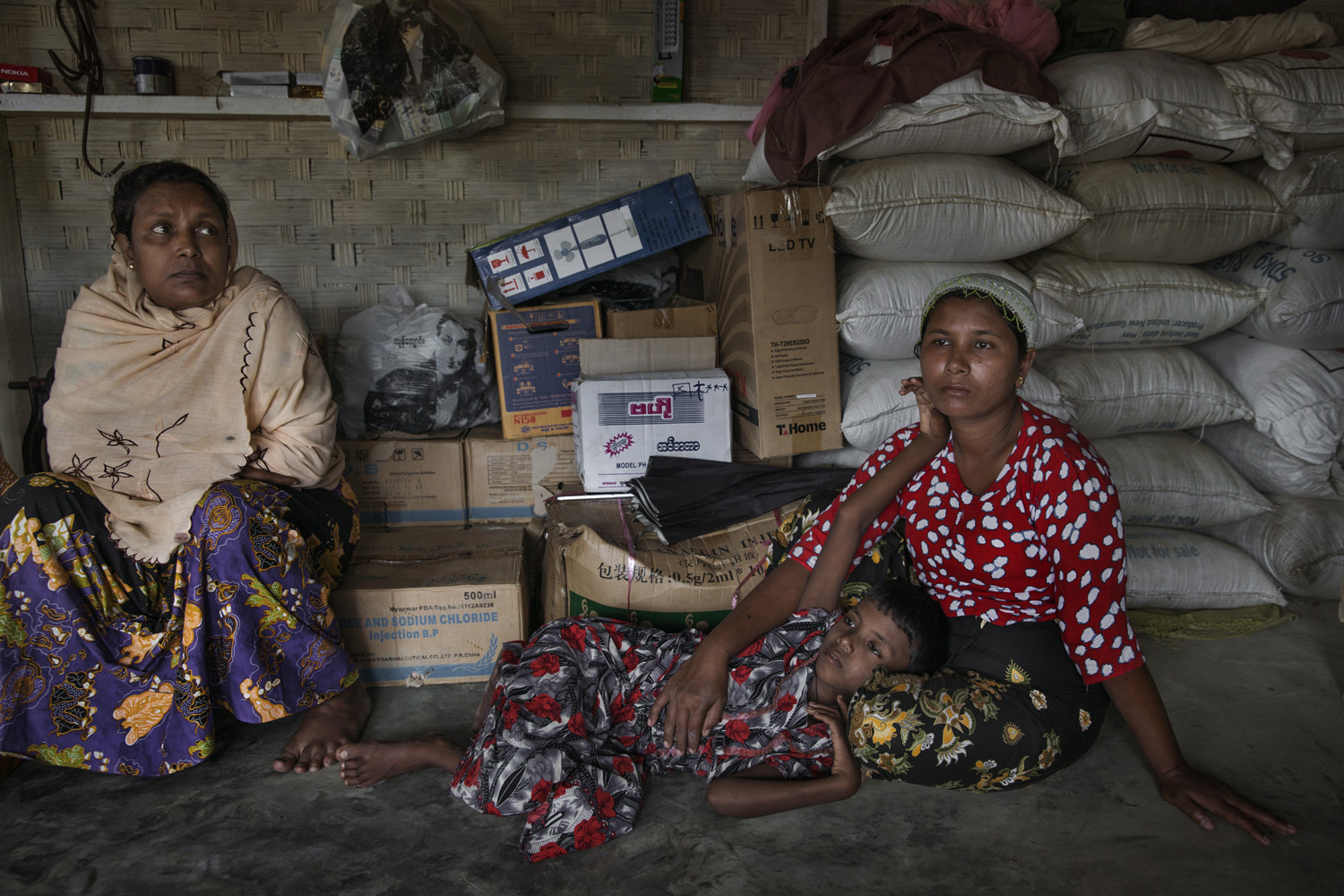
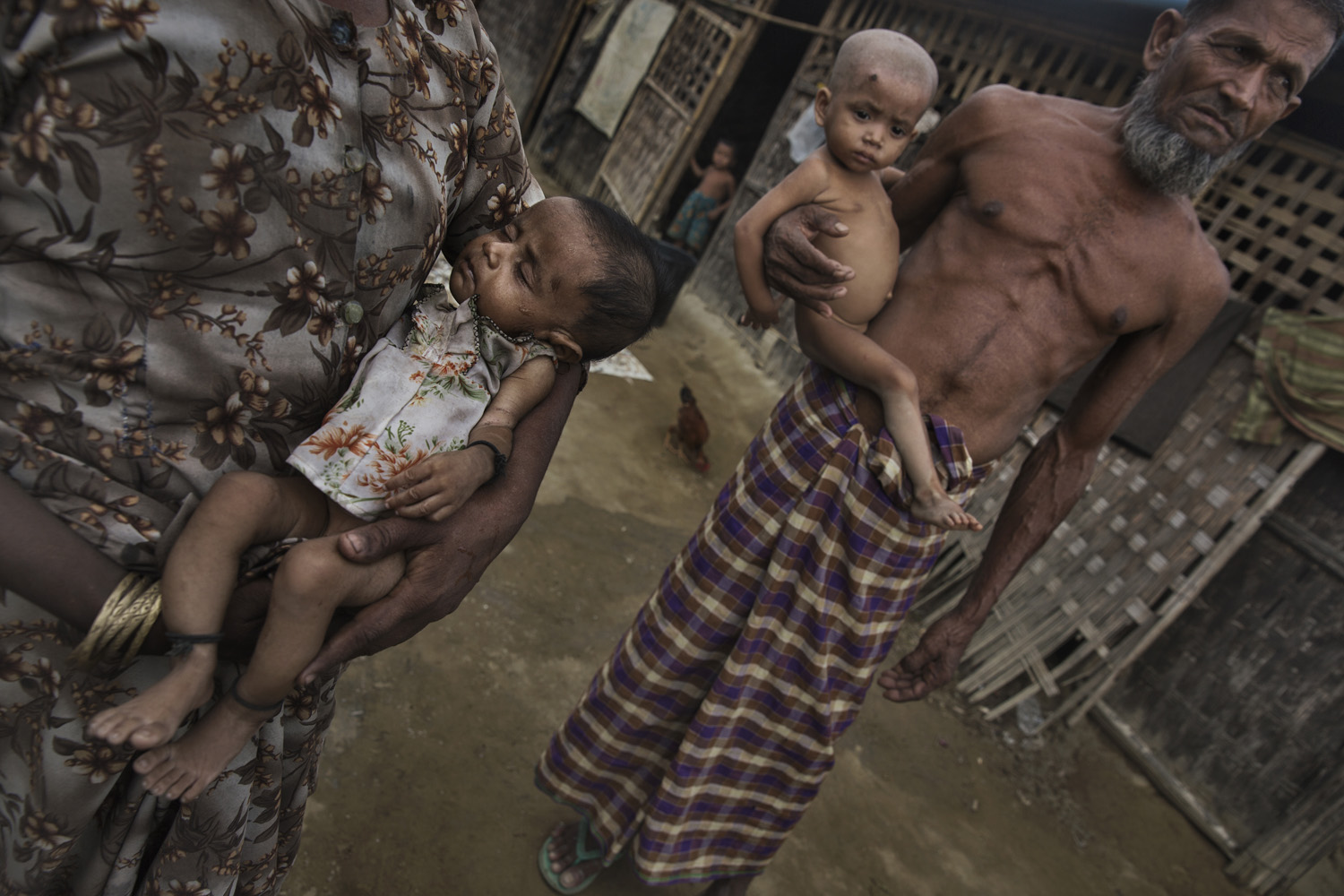
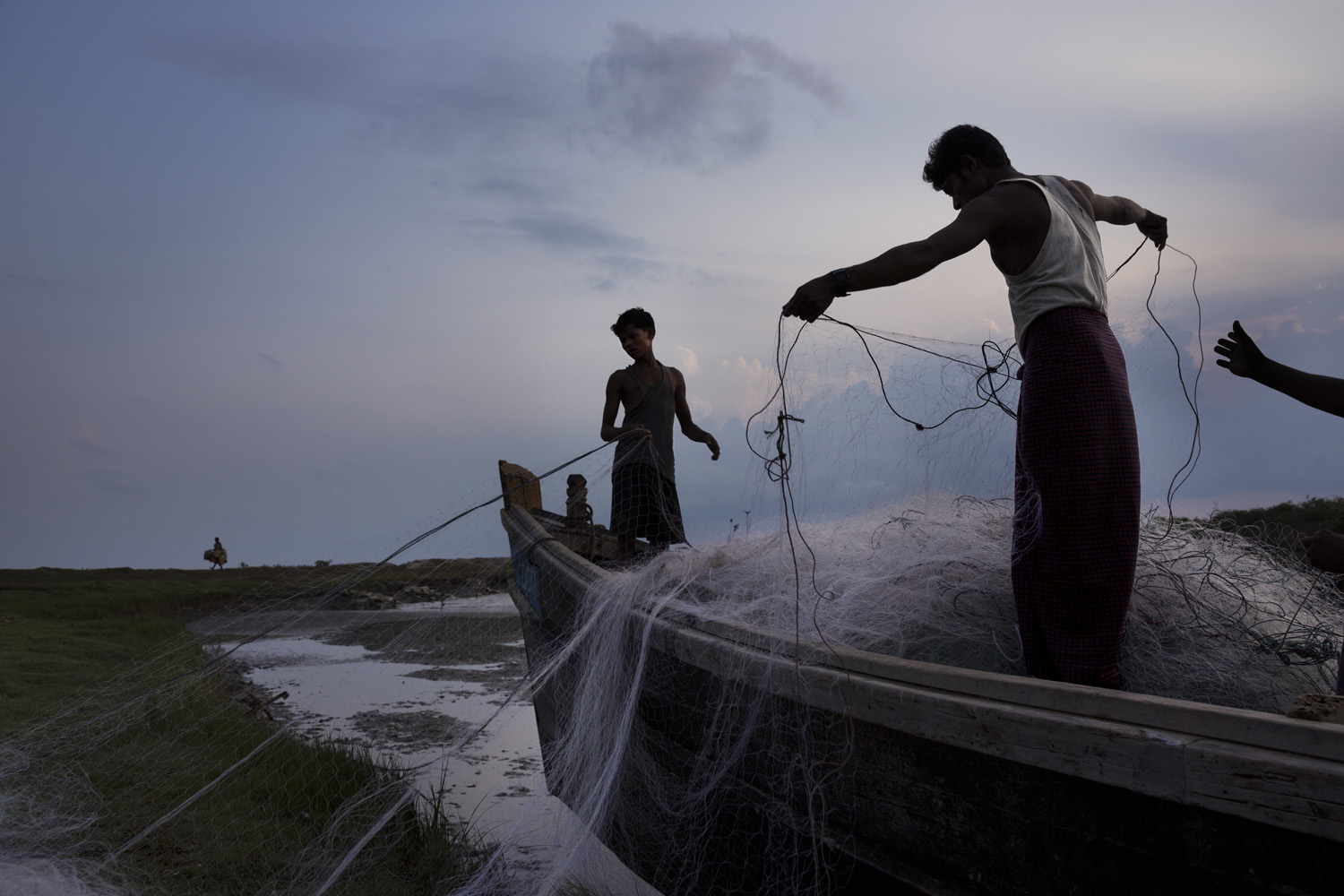
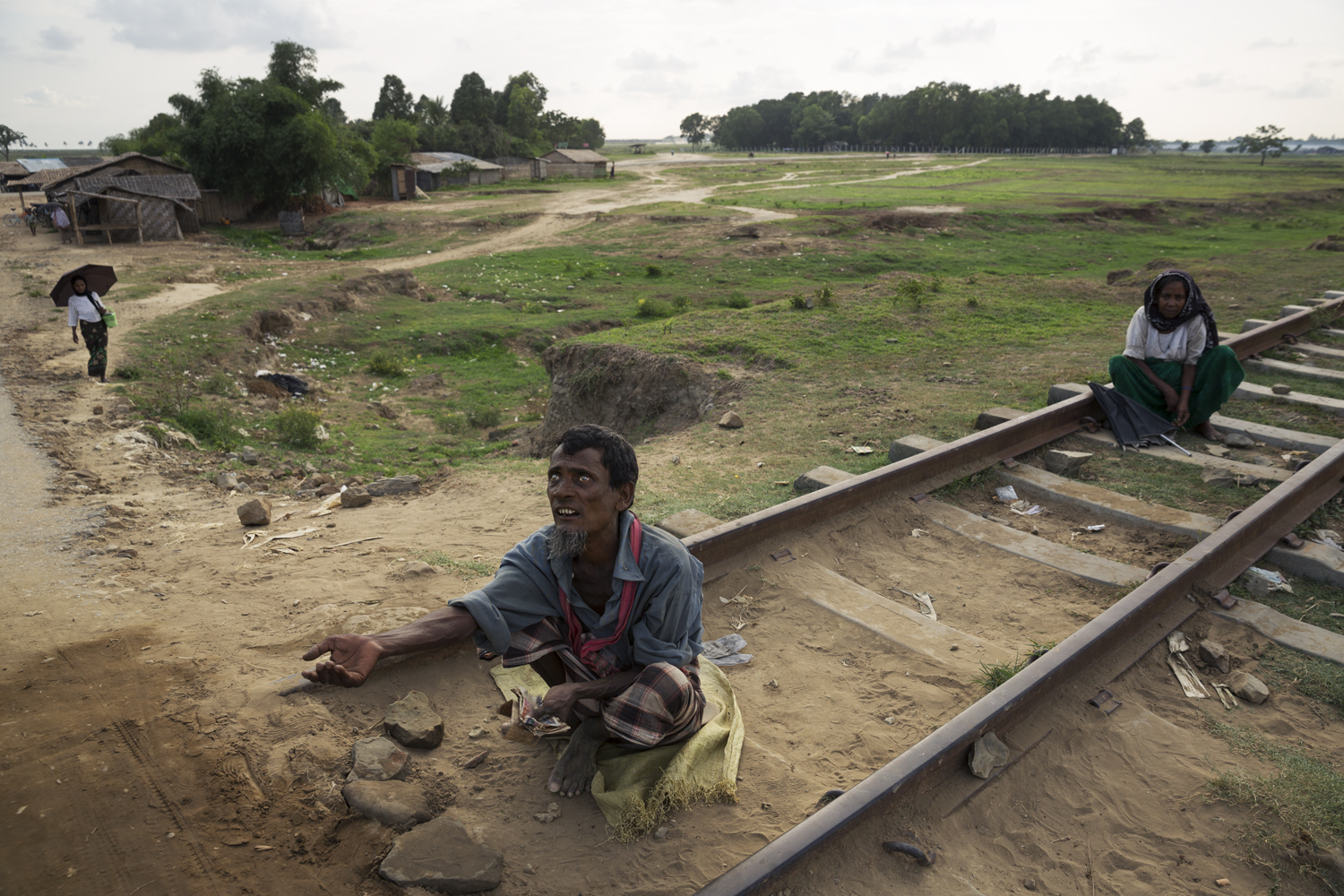
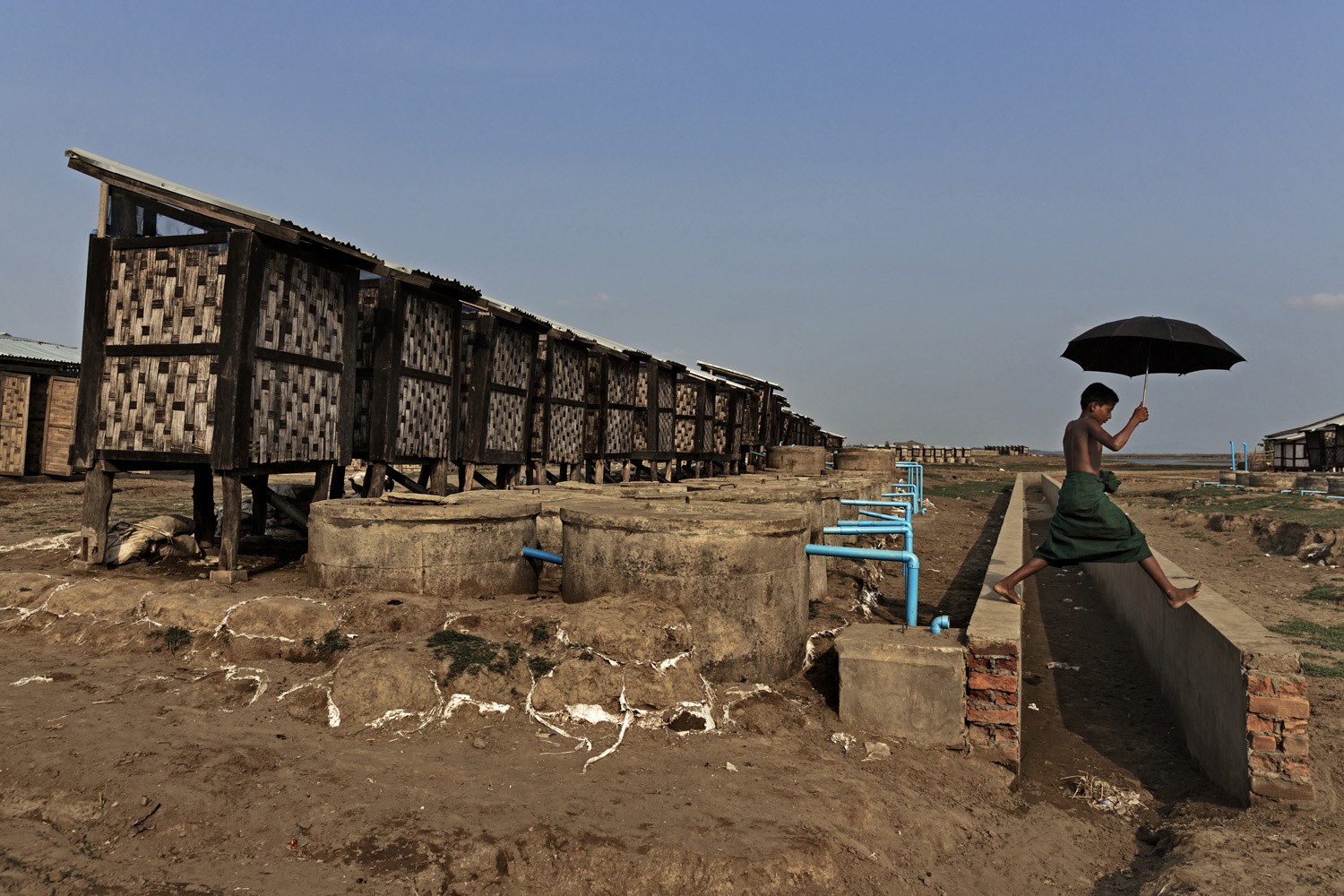
“She is obviously very reluctant to criticize the military, because she fears that any sort of antagonism towards it could prompt it to assert itself more forcefully,” says Francis Wade, a sometime TIME contributor who has worked in the country, and the author of an upcoming book on anti-Muslim violence and the democratic transition there. “If the military felt that it was losing power to the civilian government, because that government is criticizing it and trying to reign it in, then it might try and reassert its supremacy.”
That dynamic — between a civilian government still consolidating its power and a military machine bent on preserving its influence — has tempered international criticism of Suu Kyi’s stance. “I think the international community is seeing [Burma] in relative terms,” says the U.N.’s Lee. “This is a civilian elected government, it’s been less than a year [since they came to power], let’s give them a little time and space. That’s been the narrative.”
But that view becomes less and less credible as time passes. “Suu Kyi may need more time to maneuver. But she only has five years [the term of the elected government], and already a year is going by,” says Lee.
Adds Wade: “You do have a very difficult relationship between the civilian government and the military, but at the moment, the civilian government is playing into the hands of the military.”
Suu Kyi’s stance is only the latest in a long series of disappointments for Burma’s Muslims. “She’s not doing anything to protect us,” says Yunus, a 30-year-old Rohingya refugee who fled to Bangladesh in November. “We thought there would be a change. But she is the same as everyone else.”
Read More: The Plight of the Rohingya by James Nachtwey
The consequences could be far reaching. “There has traditionally been very little broad support among the Rohingya for armed conflict,” says Wade. “Even when there were several insurgent groups operating there from the mid-1970s to the early to mid-1990s, there was still quite scant support for them, hence they died out quite quickly.” The Rohingya, he explains, have been wary of provoking the Burmese state: “It was recognized quite early on that any sort of armed movement would be collective suicide.”
But the worsening situation in northern Arakan raises troubling red flags, with Daniel Russel, the top U.S. diplomat for East Asia, issuing a stark warning about the potential fallout. “If mishandled, Rakhine state could be infected and infested by jihadism which already plagues neighboring Bangladesh and other countries,” he told the Associated Press on Dec. 3.
For the Rohingya, the crisis doesn’t end on the Burmese side. Yusuf, Arafa and their families managed to escape and reach land in Bangladesh by avoiding detection from both Burmese and Bangladeshi forces. But in the days since, Bangladesh has stepped up patrols along its border with Burma, putting an additional squeeze on the persecuted population. Many refugees have gone missing, after their boasts capsized in the river’s choppy waters.
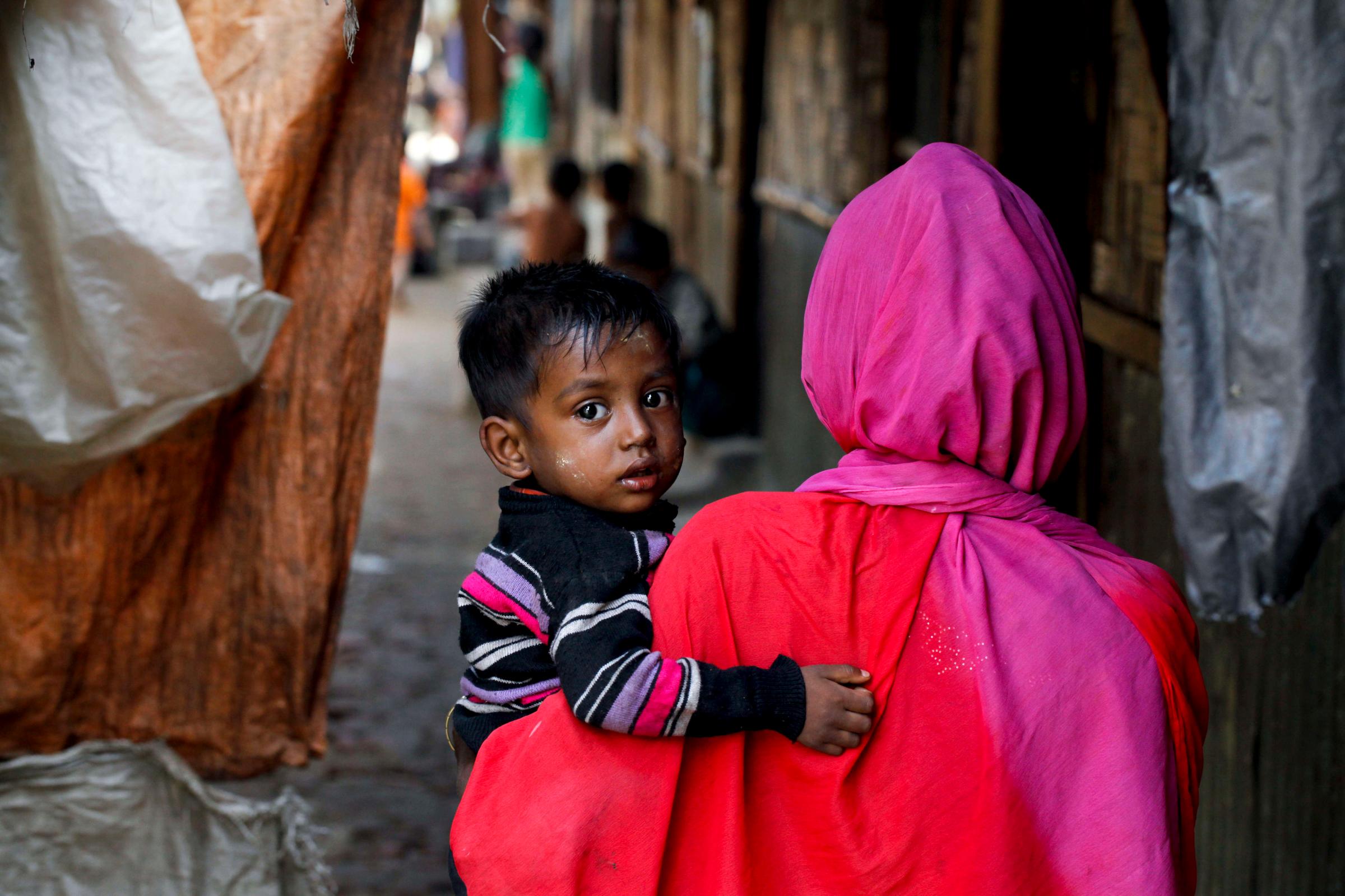
It is not the first time that the Rohingya have sought shelter across the river. Over the decades, as they fled violence at home, as many as half a million undocumented Rohingya refugees have made their lives in Bangladesh. More than 30,000 registered refugees live in camps near the border. Now Bangladesh says: We can’t accommodate any more people.
“My country is a house. If all the people try to get inside my house, what will happen? I cannot allow all of them,” says Colonel M.M. Anisur Rahman, the deputy director general of Border Guard Bangladesh, the force charged with patrolling the border area.
Bangladesh’s policy, he says, is to push back fleeing refugees. “Of course we are concerned, and if they ask any help regarding food, water and other things, we will provide it. But we cannot provide shelter,” he insists. Those who have slipped in, avoiding detection, will be caught and sent back.”
To this, Du Du Mian, a Rohingya refugee who arrived in Bangladesh more than a decade ago, answers: “The world needs to realize that we have nowhere to go.” His people, he says, have no country. With Burmese soldiers trying to stop them from fleeing and Bangladeshi forces pushing them back, all they have is the Naf, and the Naf, so far, is silent.
— With reporting by A.K.M. Moinuddin / Teknaf and Feliz Solomon / Hong Kong
More Must-Reads From TIME
- The 100 Most Influential People of 2024
- Coco Gauff Is Playing for Herself Now
- Scenes From Pro-Palestinian Encampments Across U.S. Universities
- 6 Compliments That Land Every Time
- If You're Dating Right Now , You're Brave: Column
- The AI That Could Heal a Divided Internet
- Fallout Is a Brilliant Model for the Future of Video Game Adaptations
- Want Weekly Recs on What to Watch, Read, and More? Sign Up for Worth Your Time
Contact us at letters@time.com